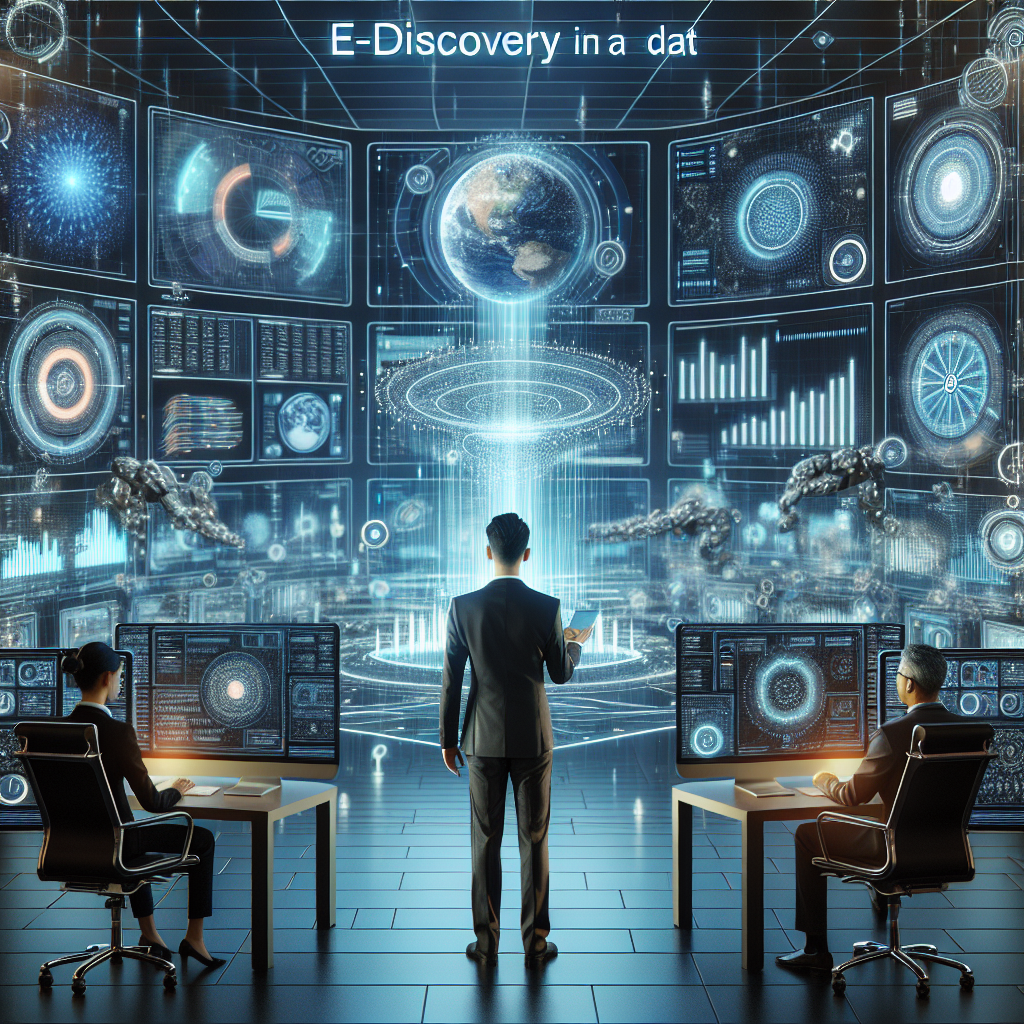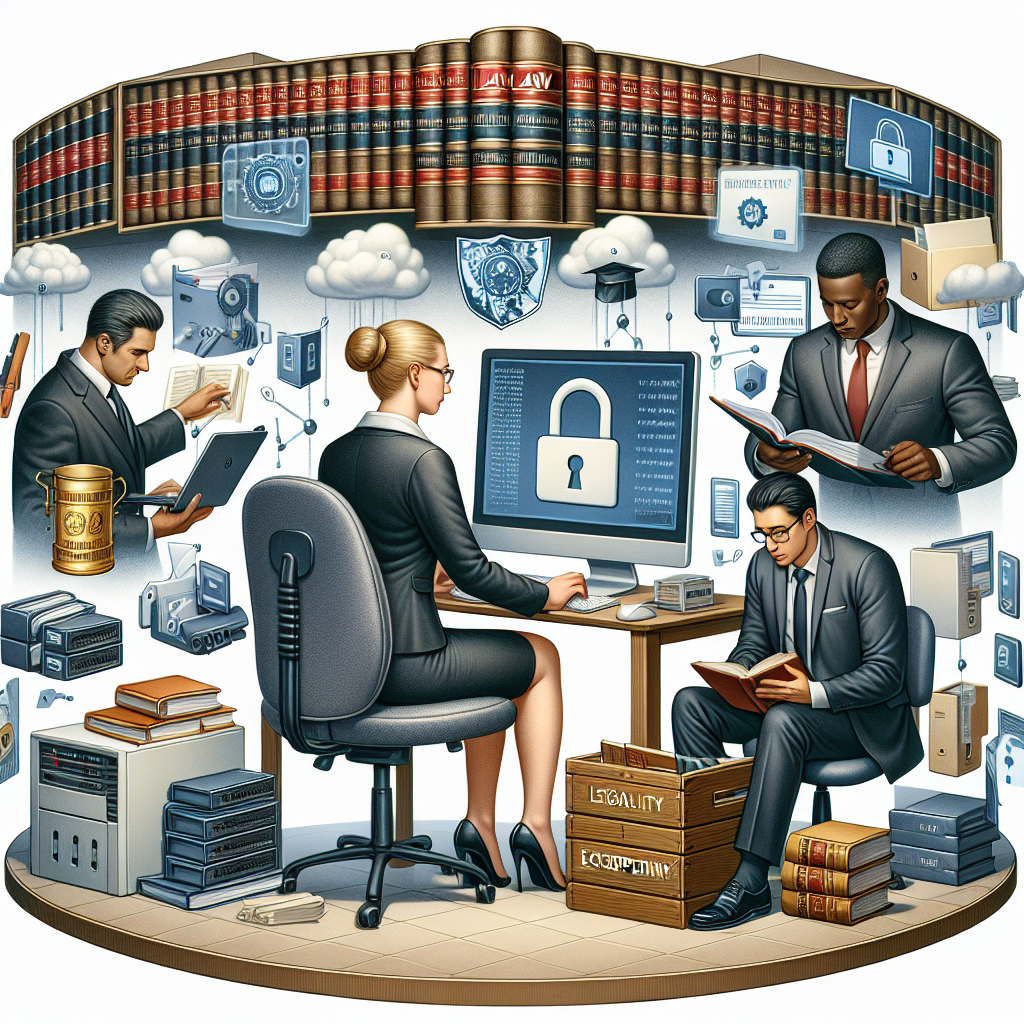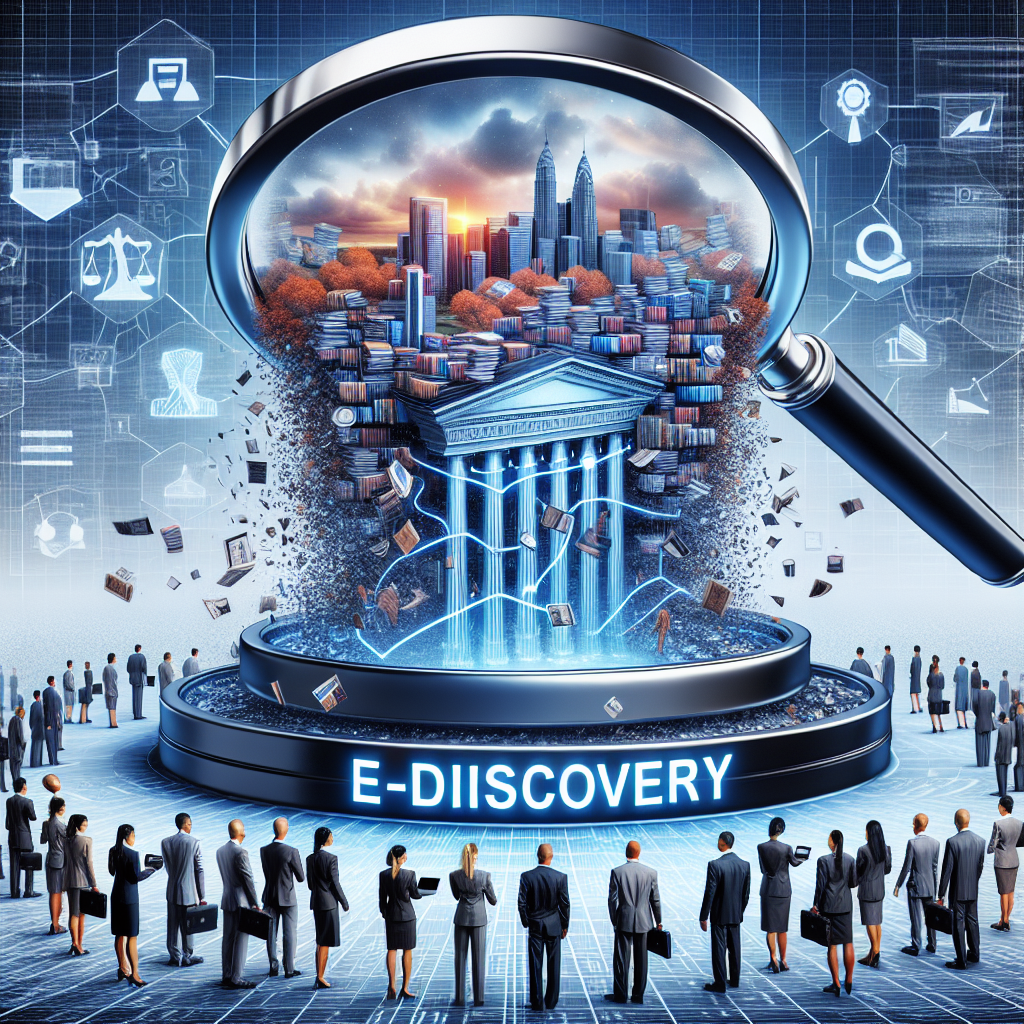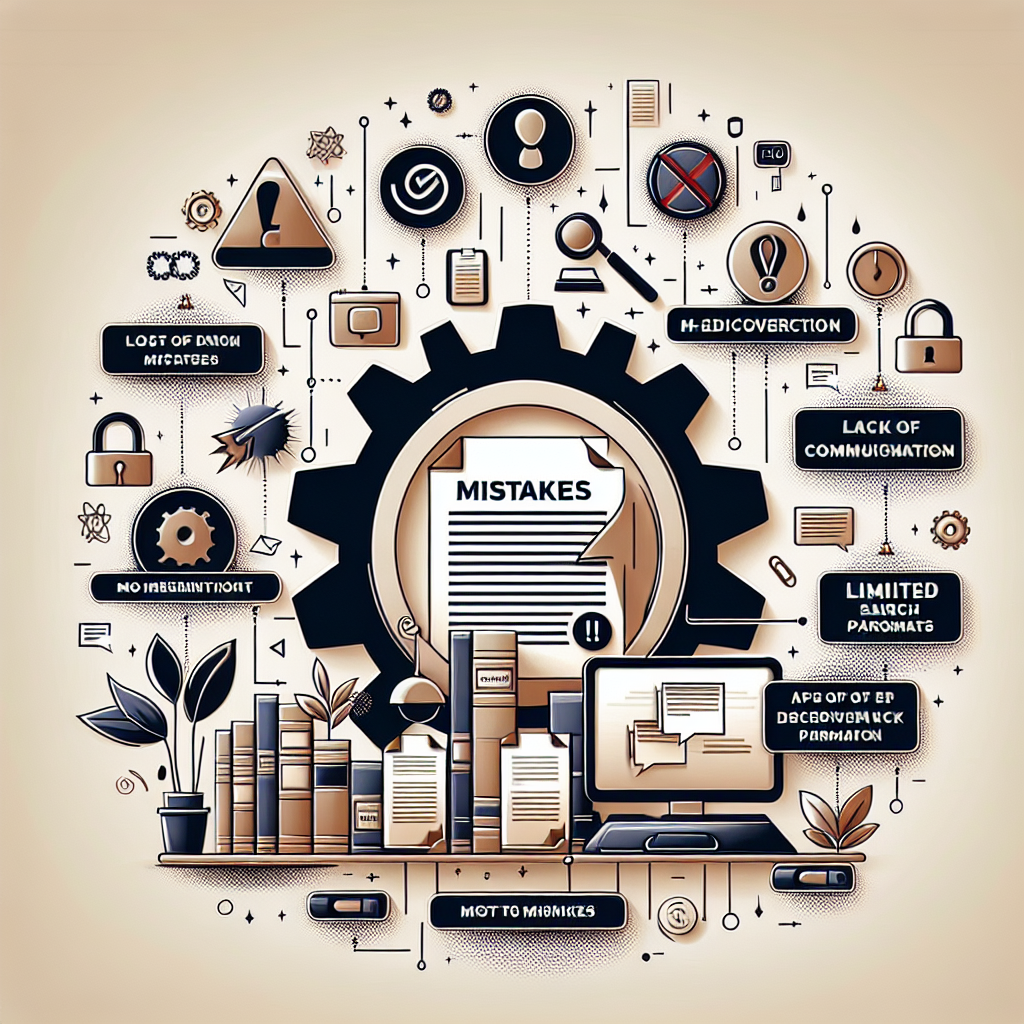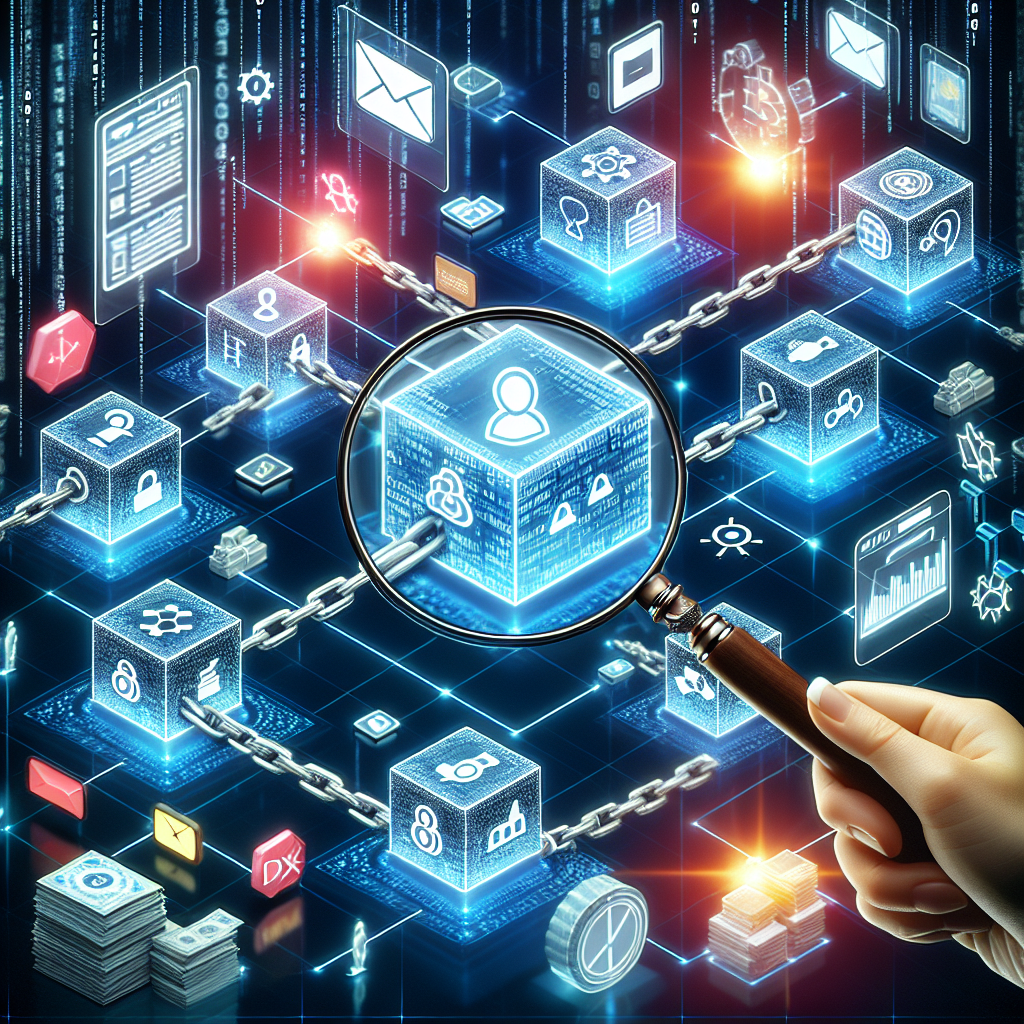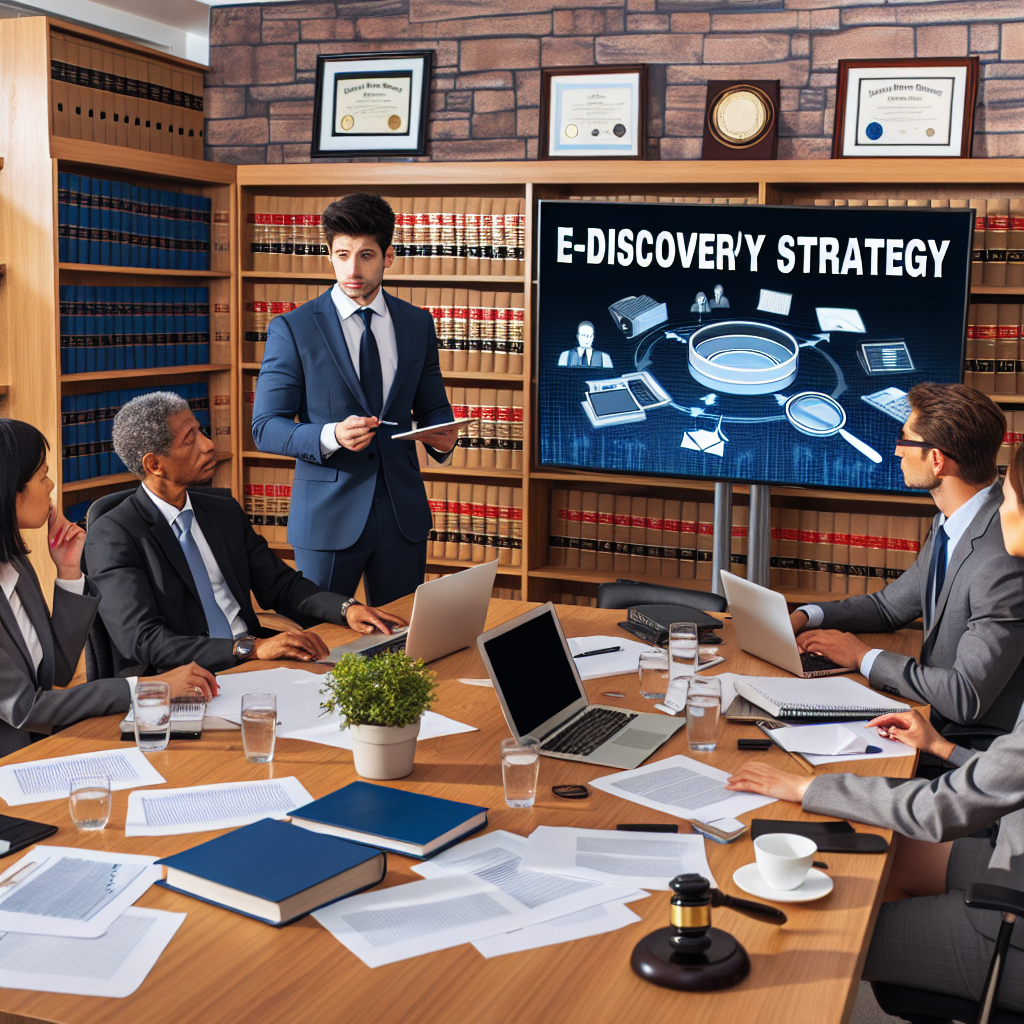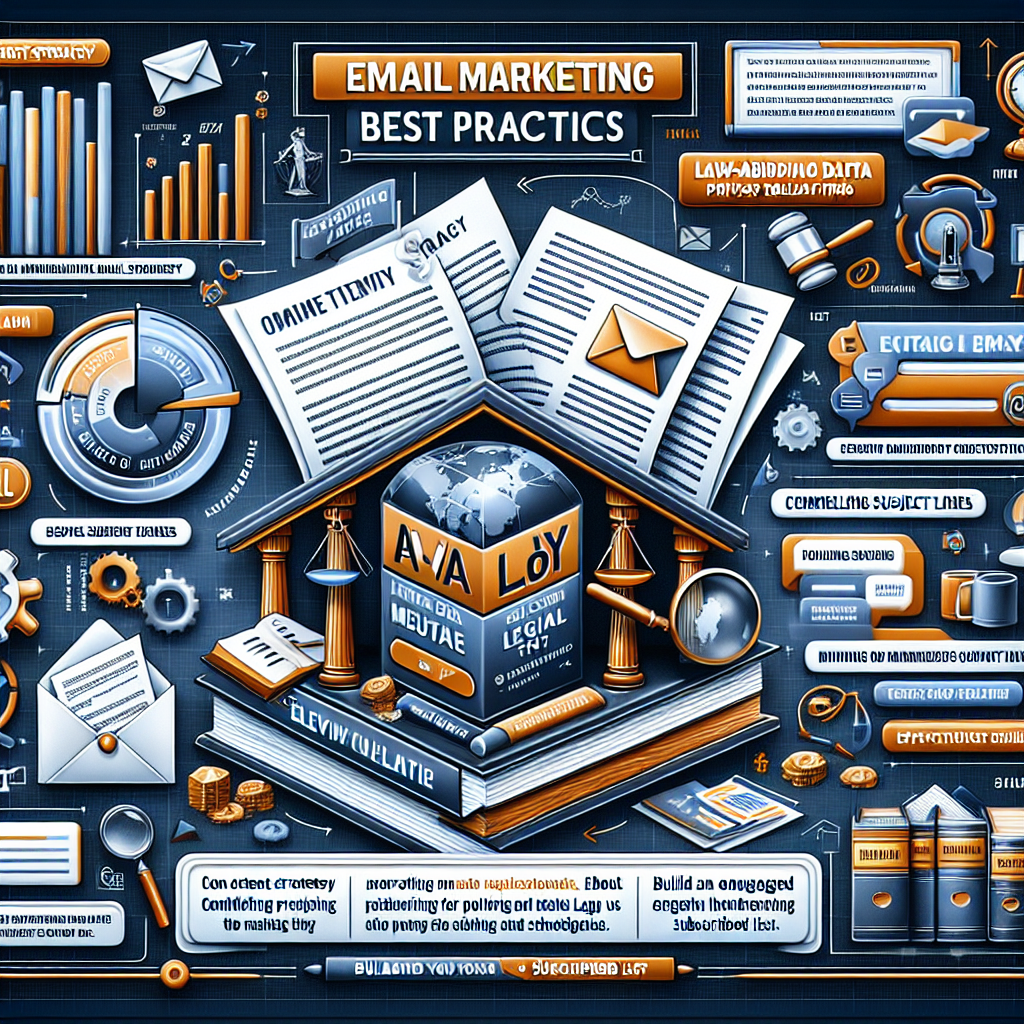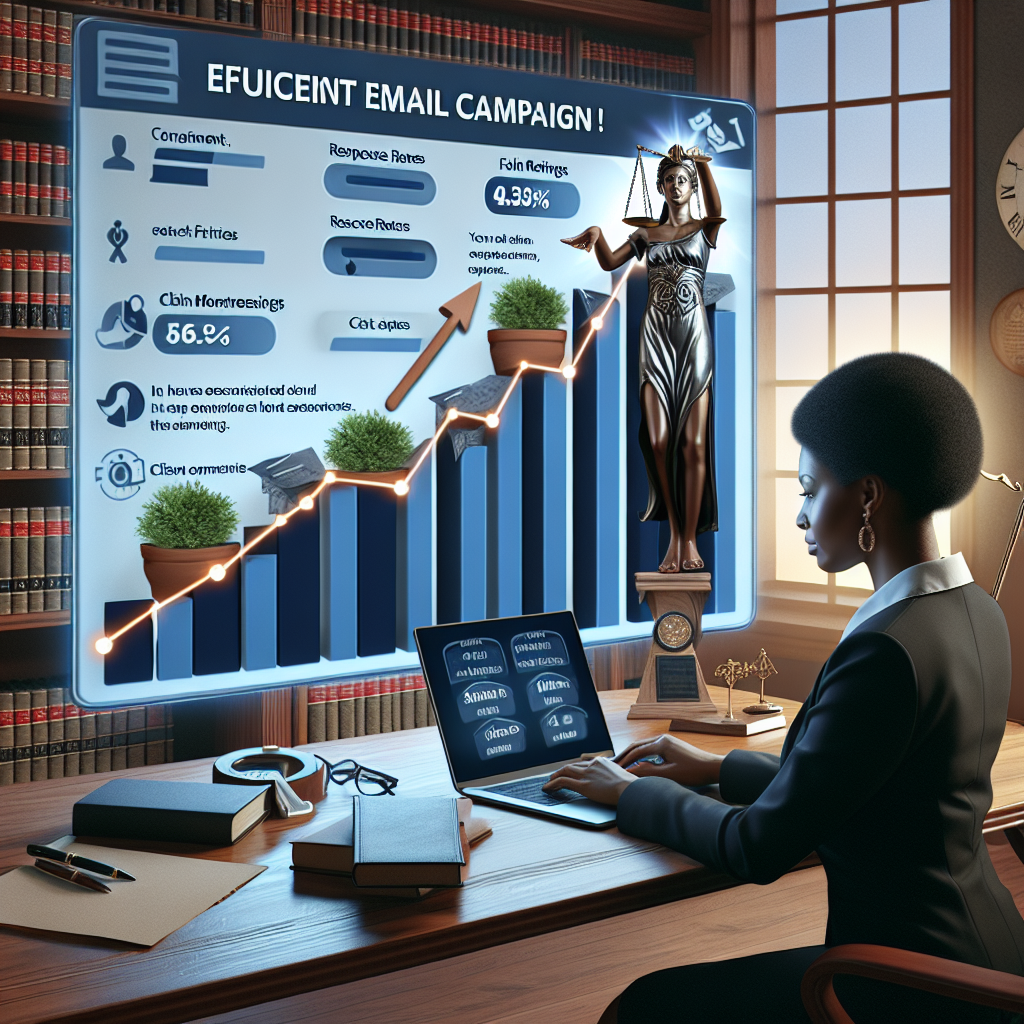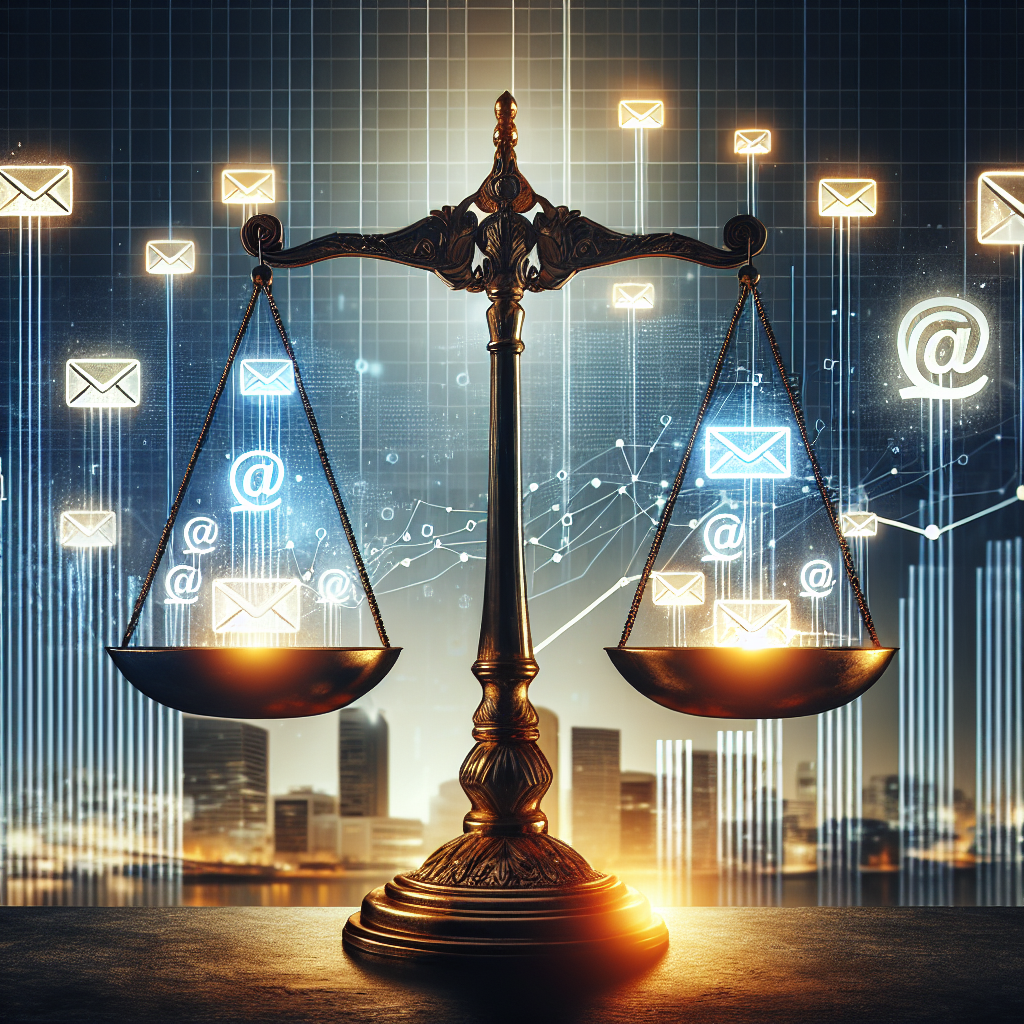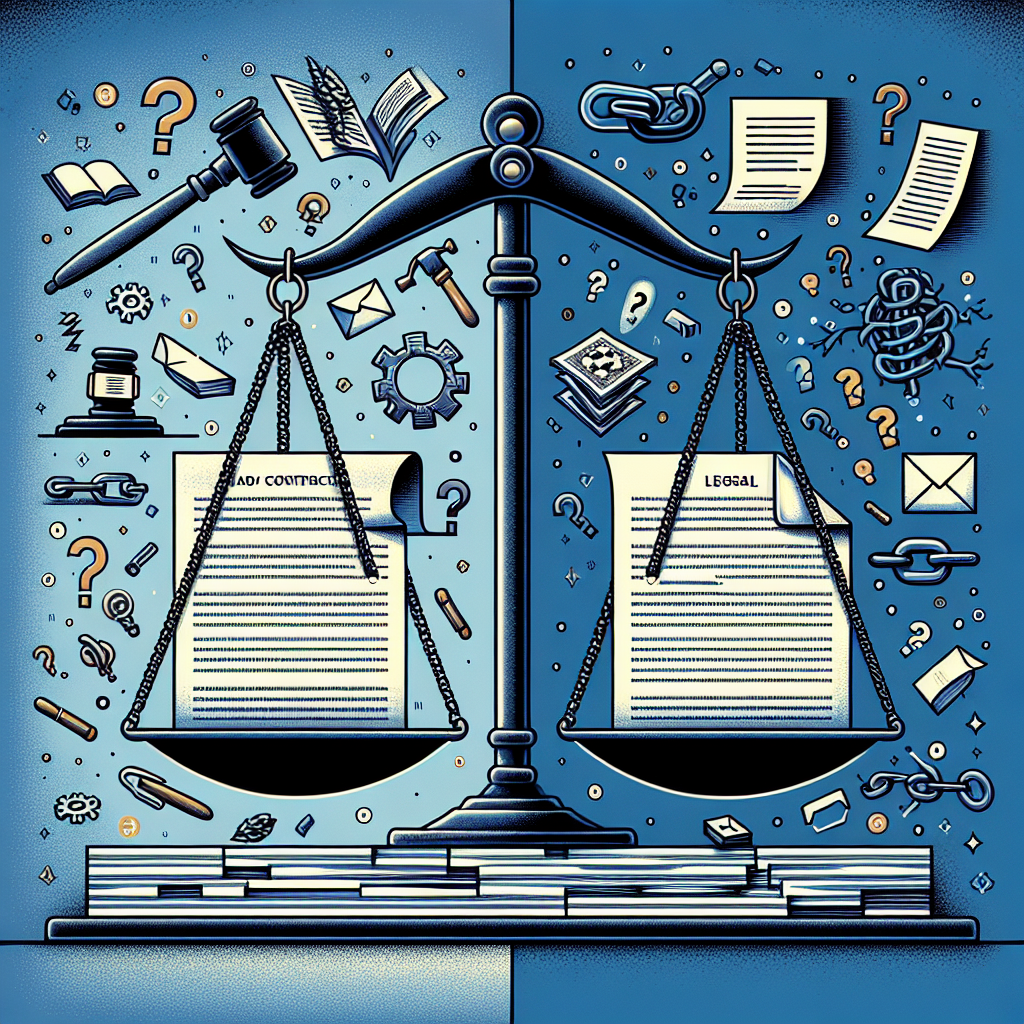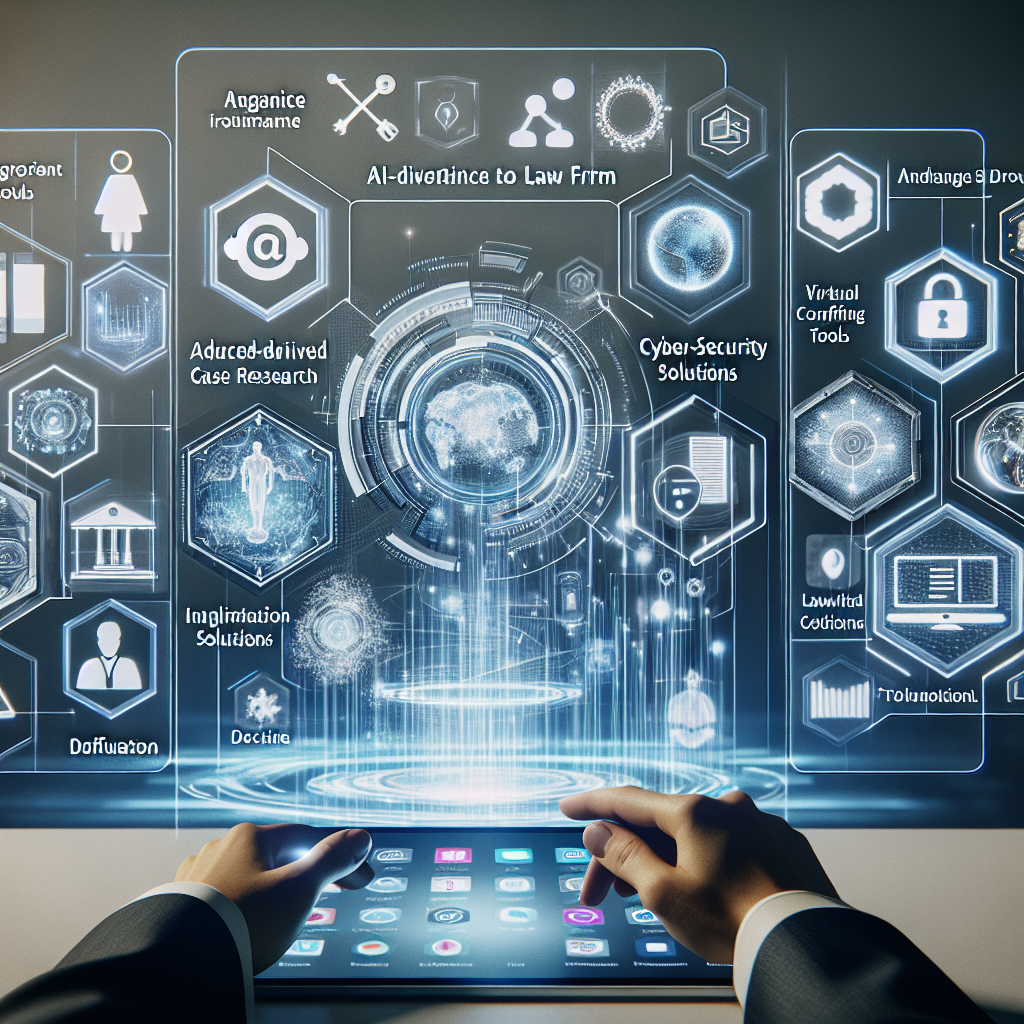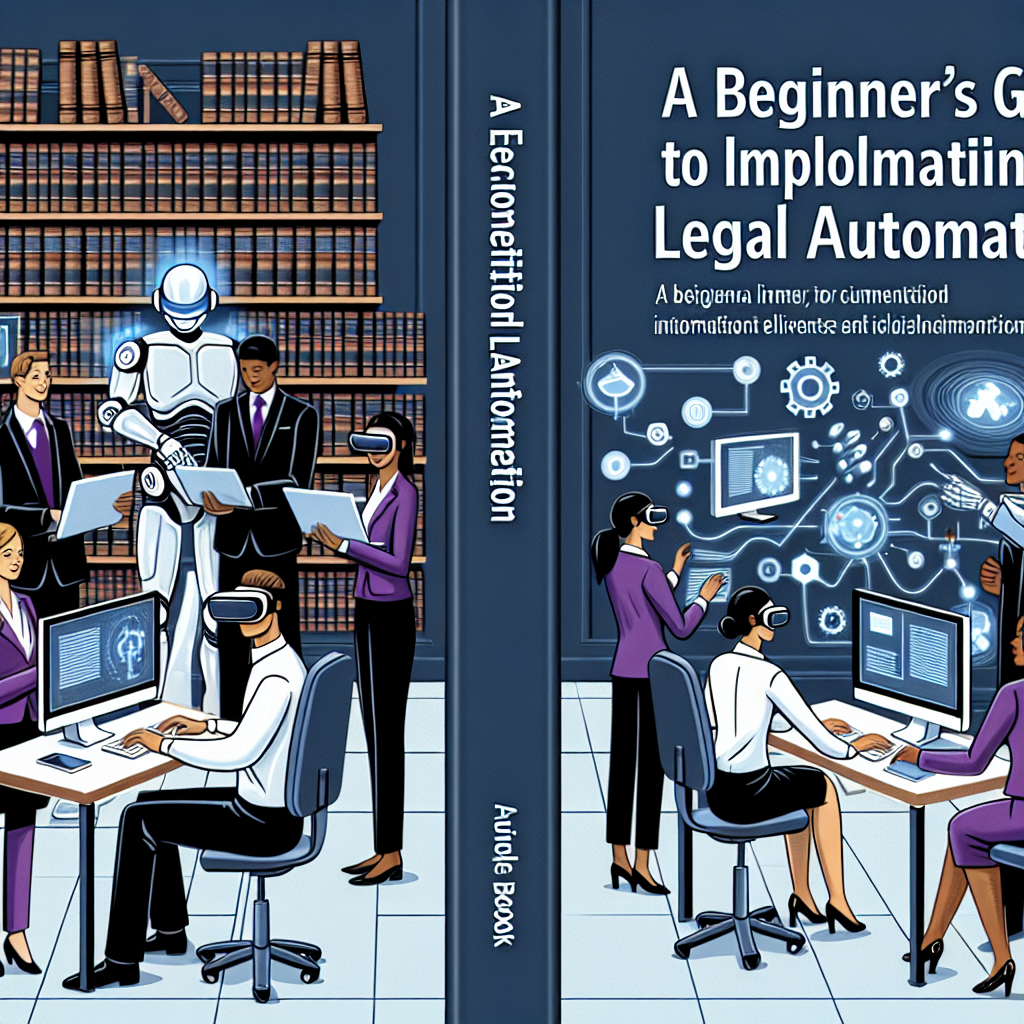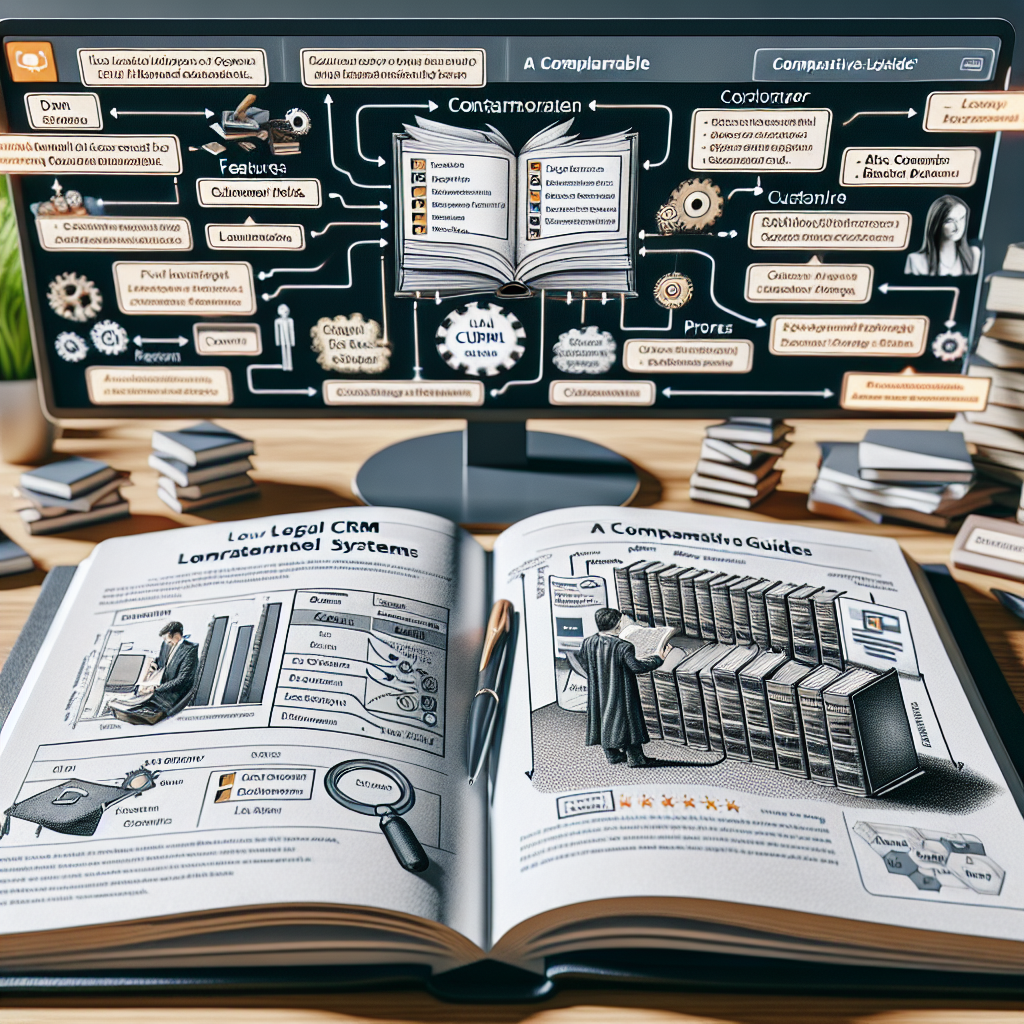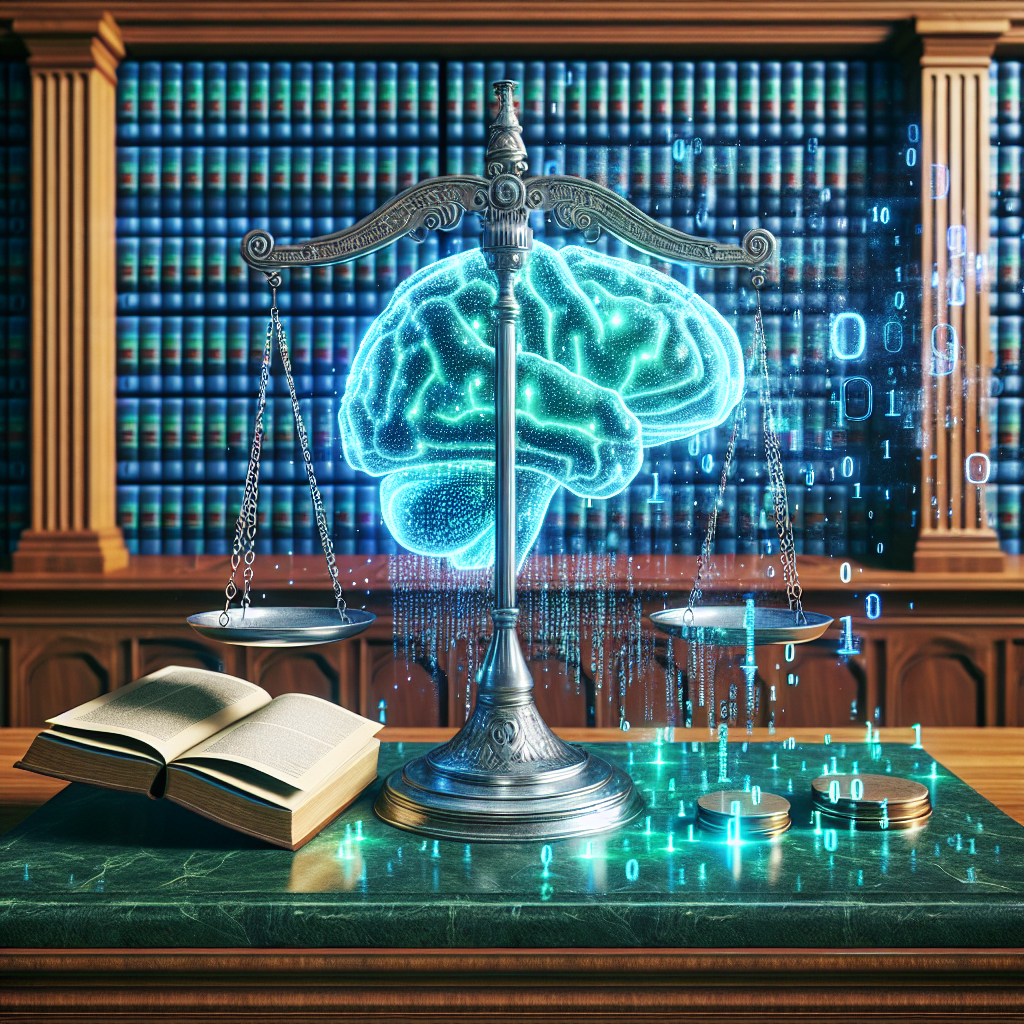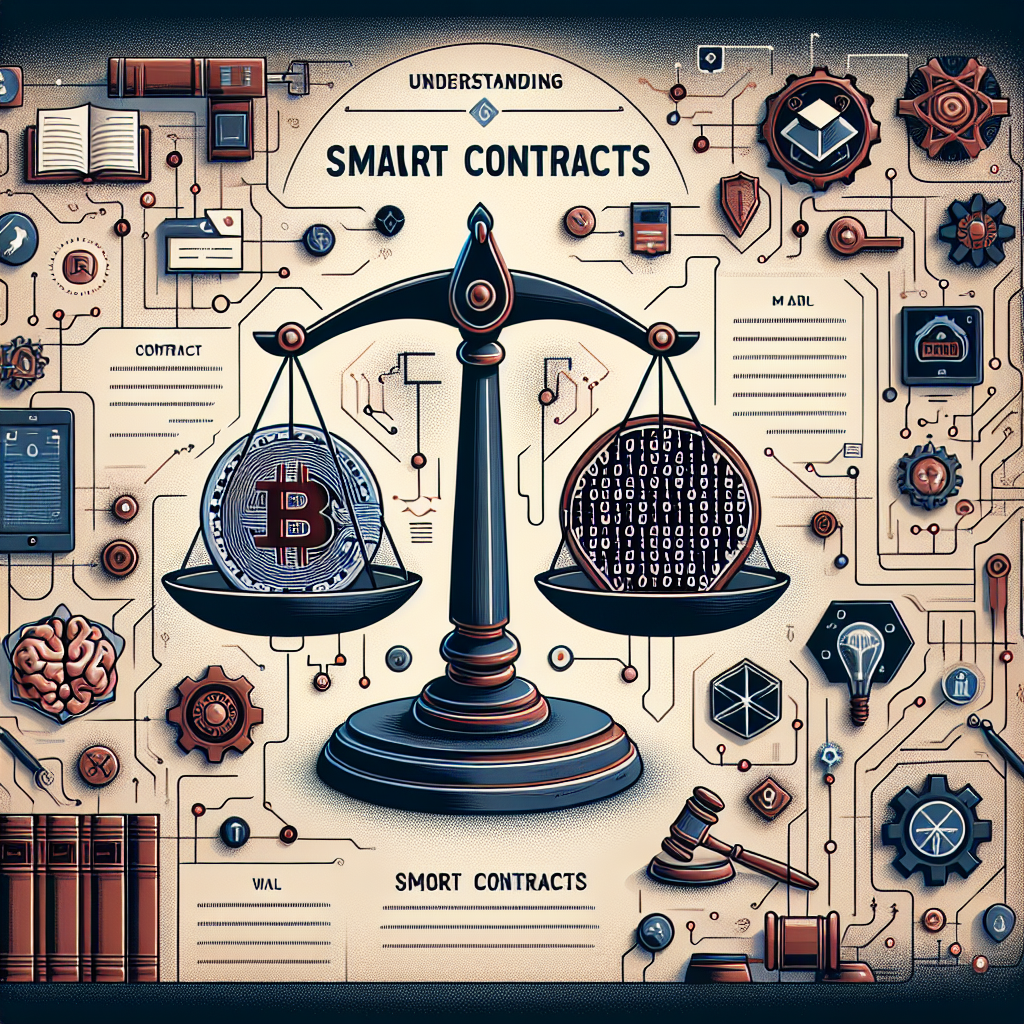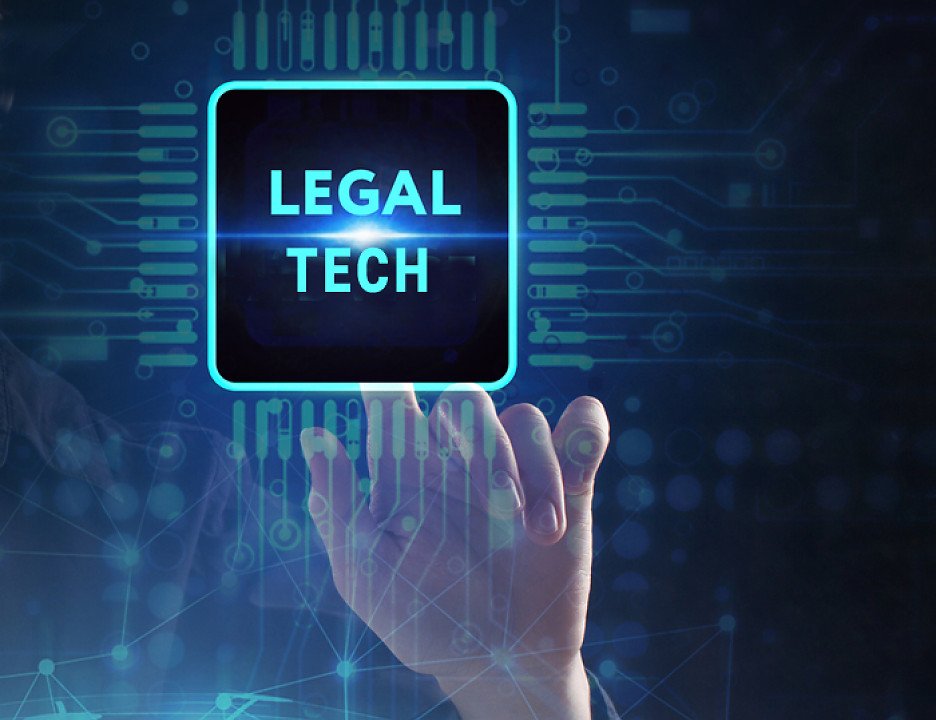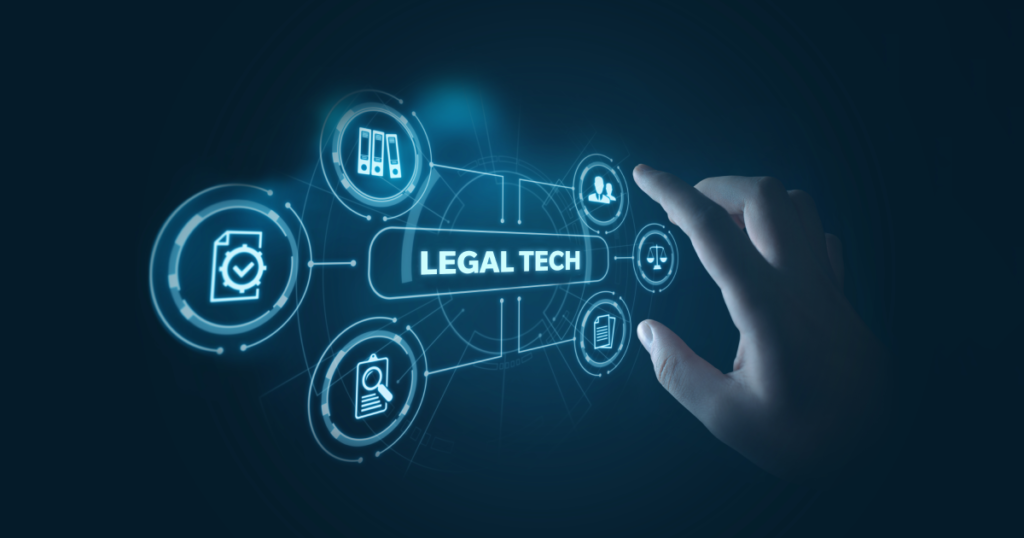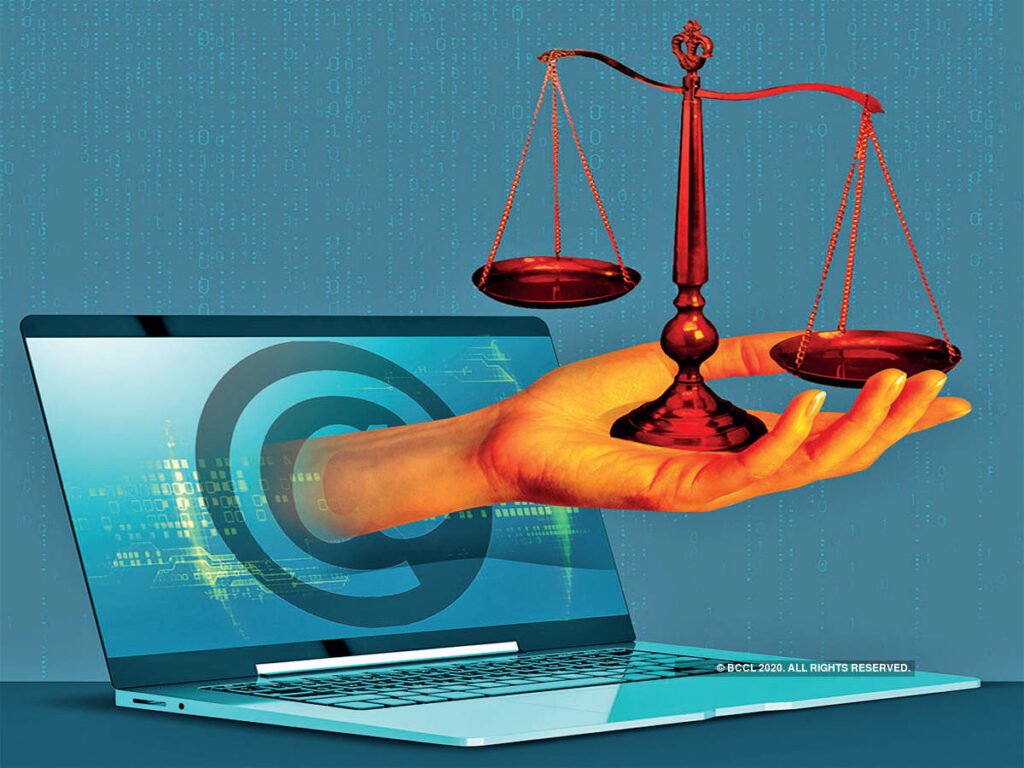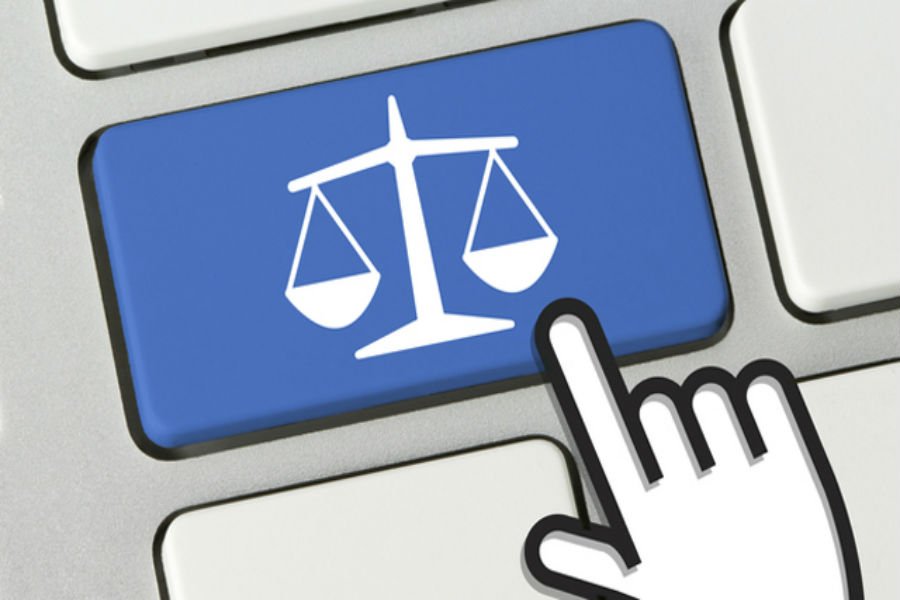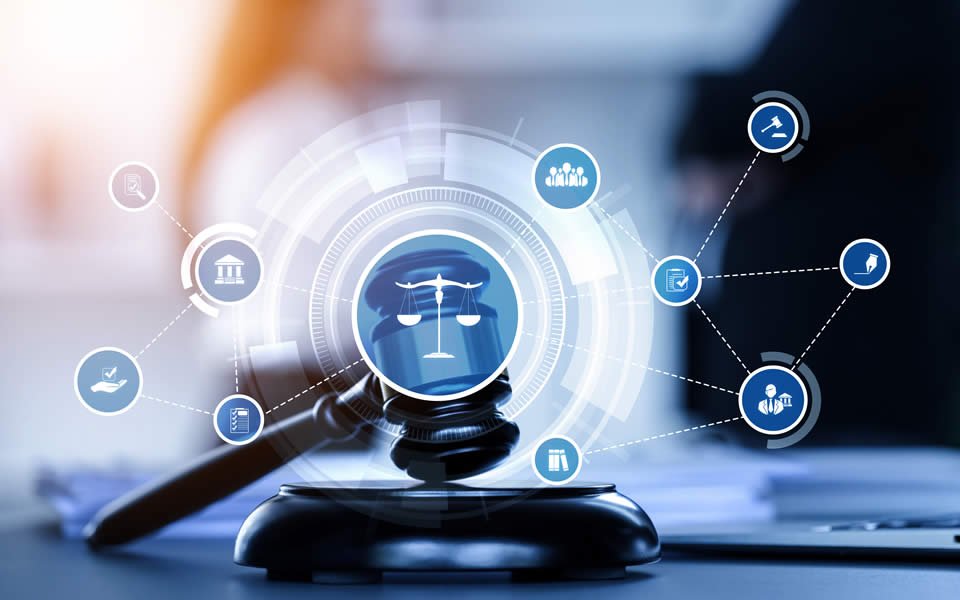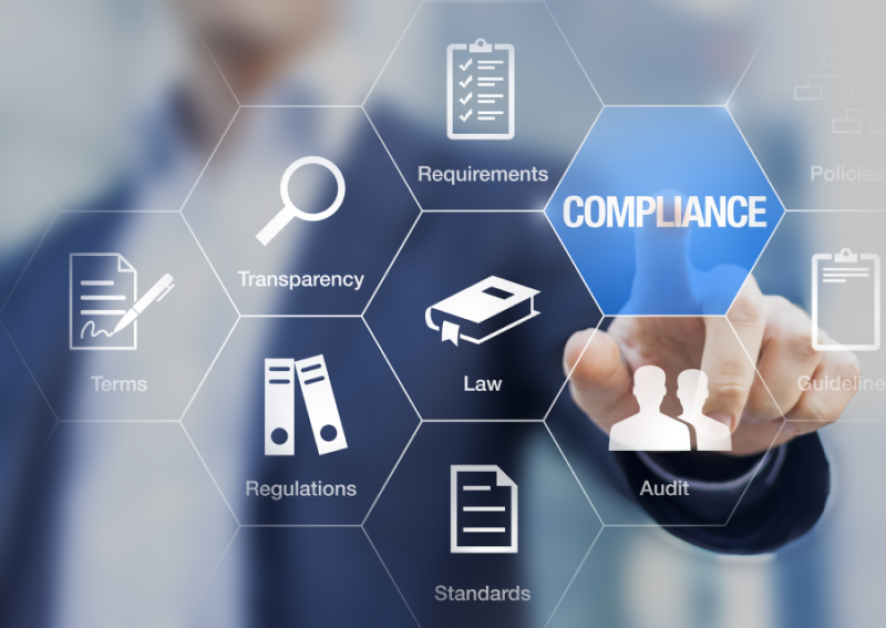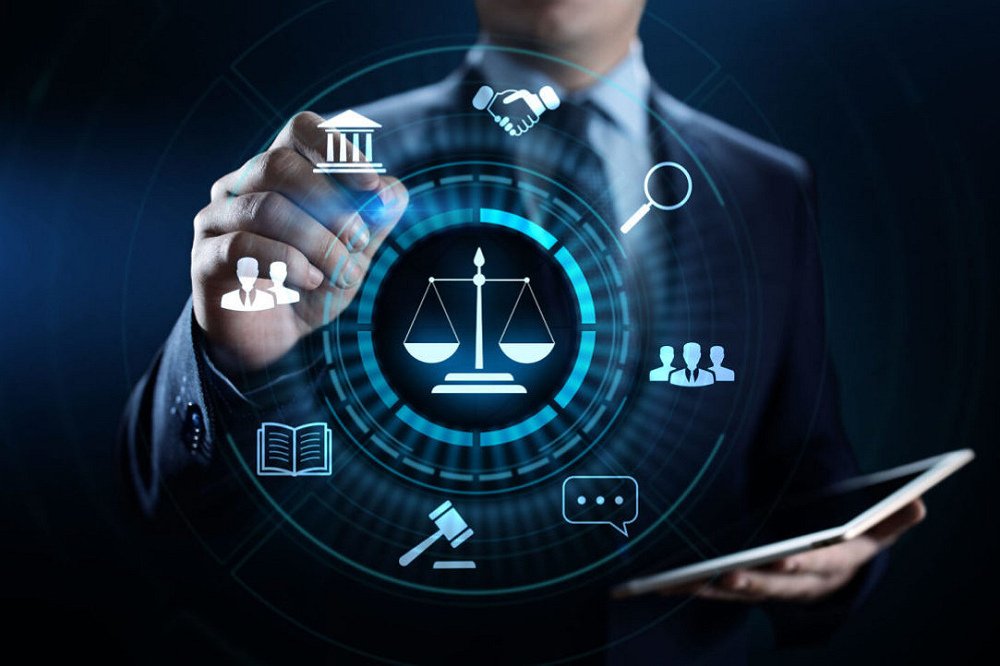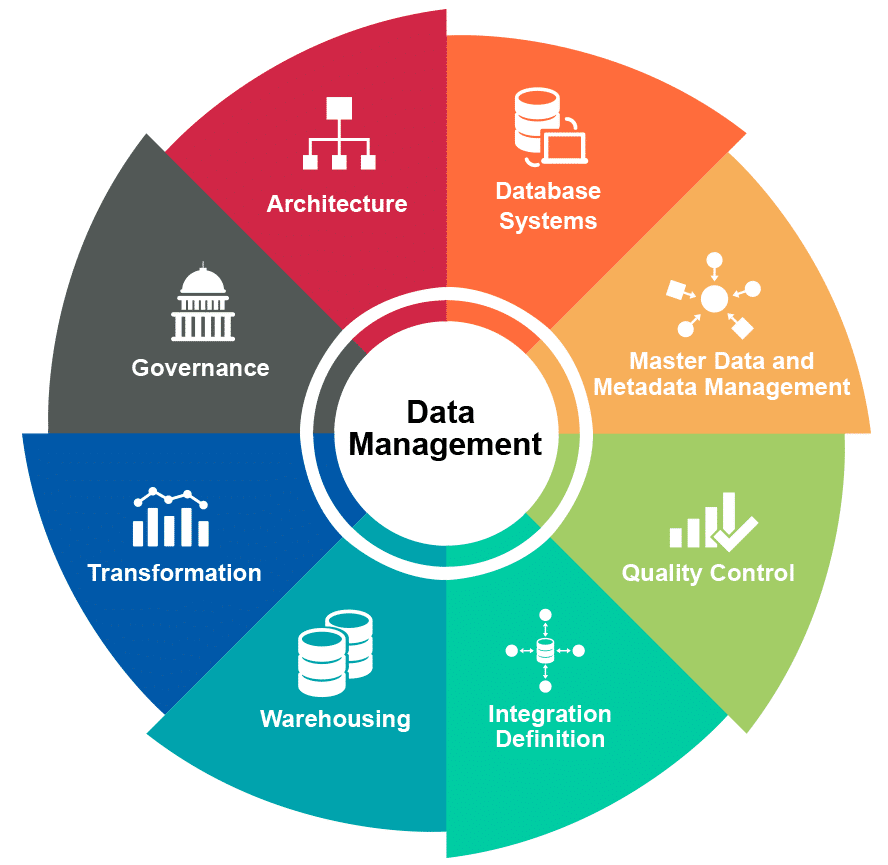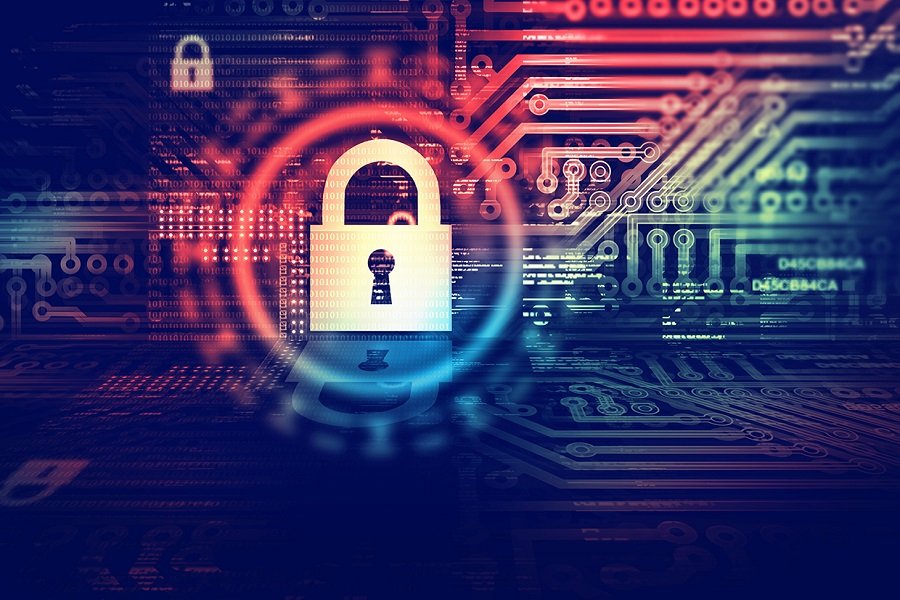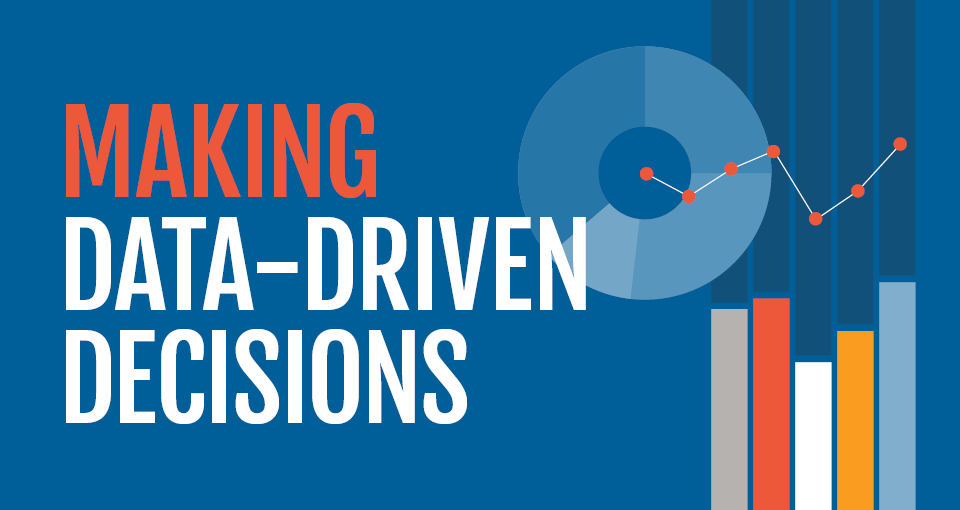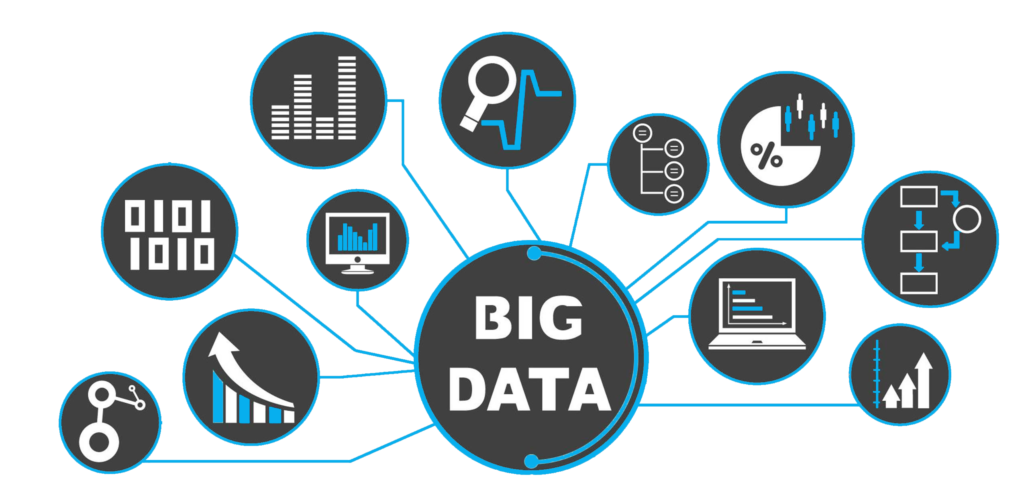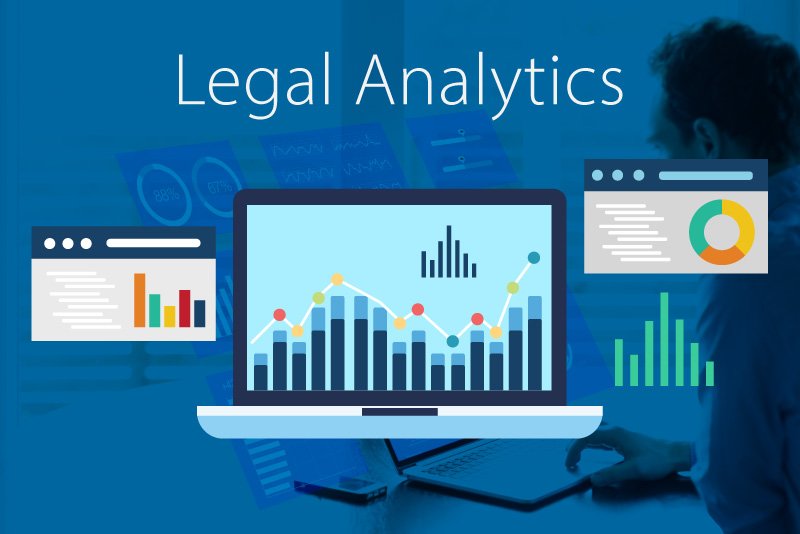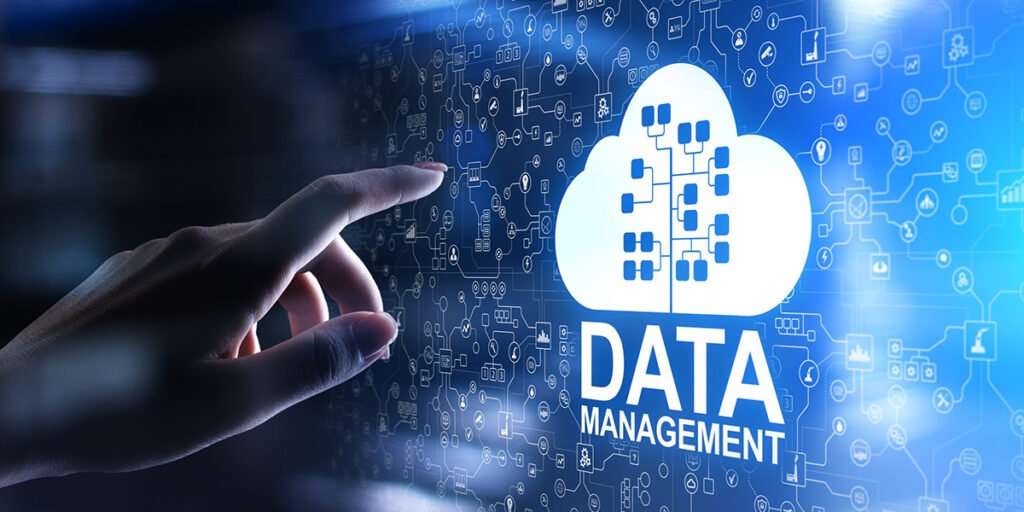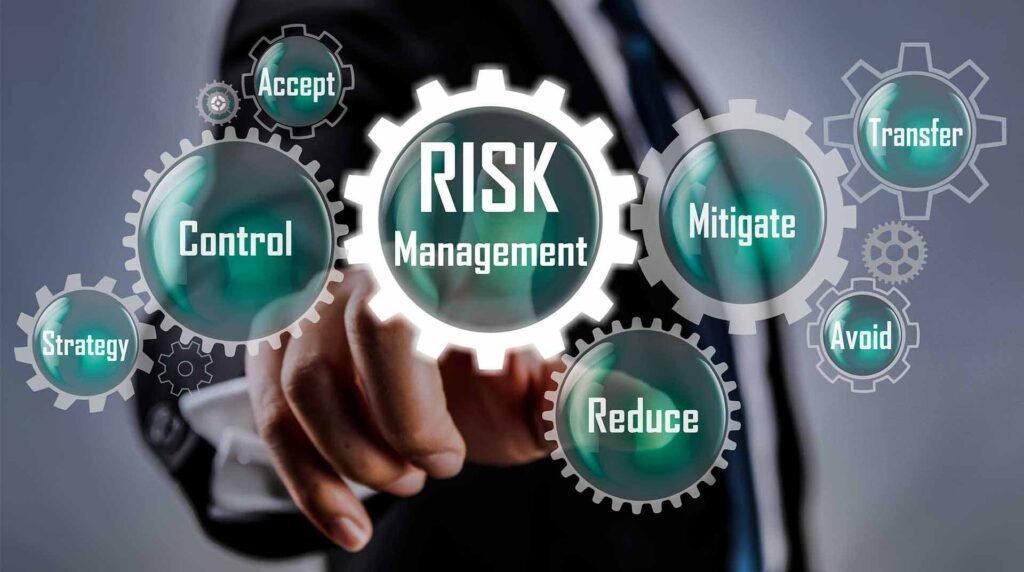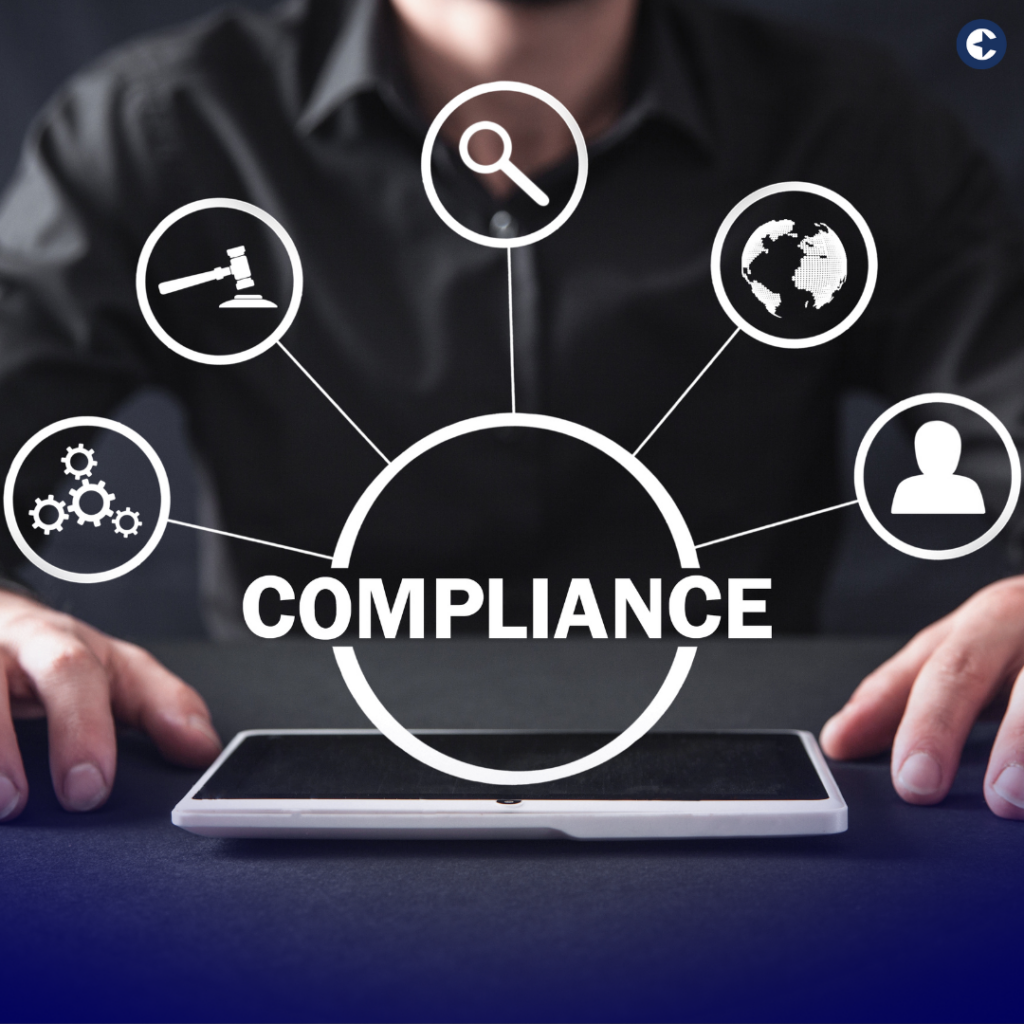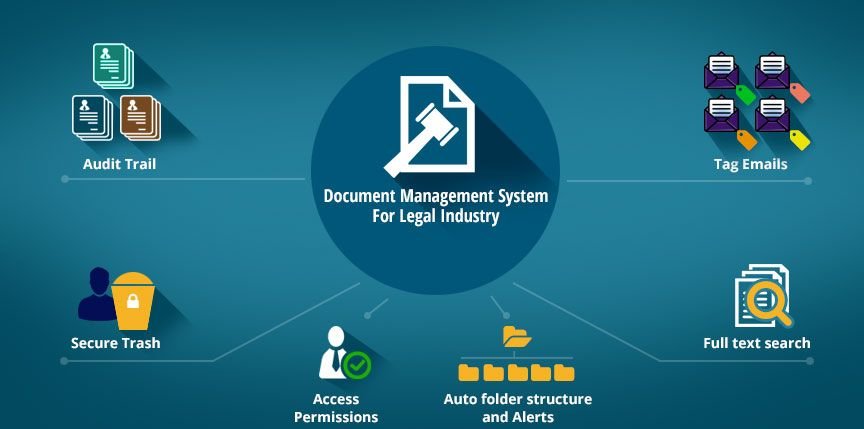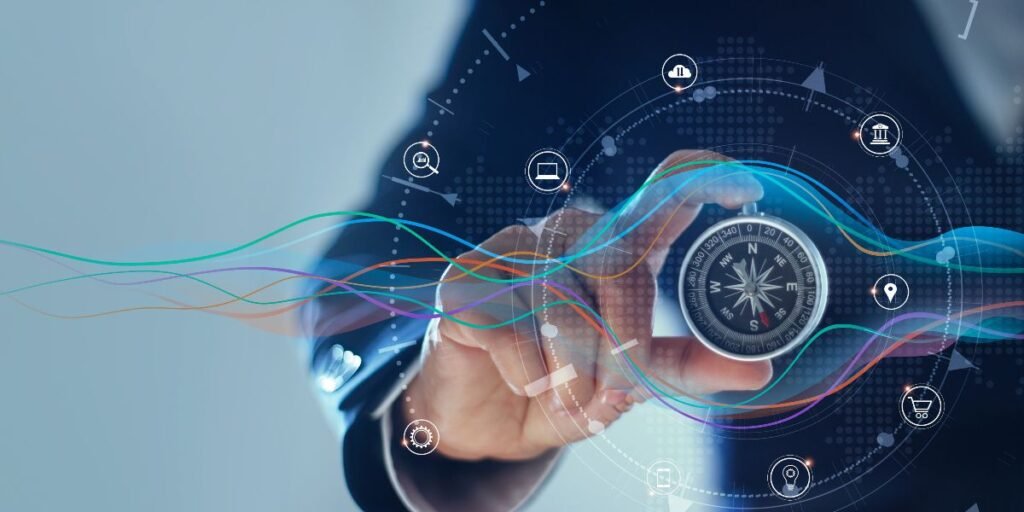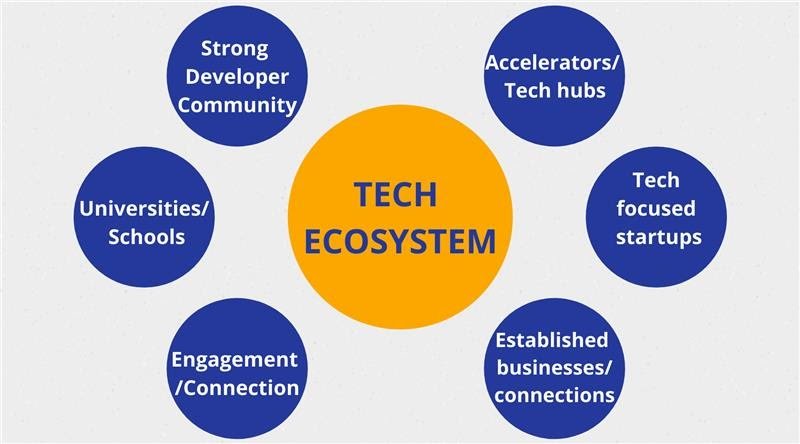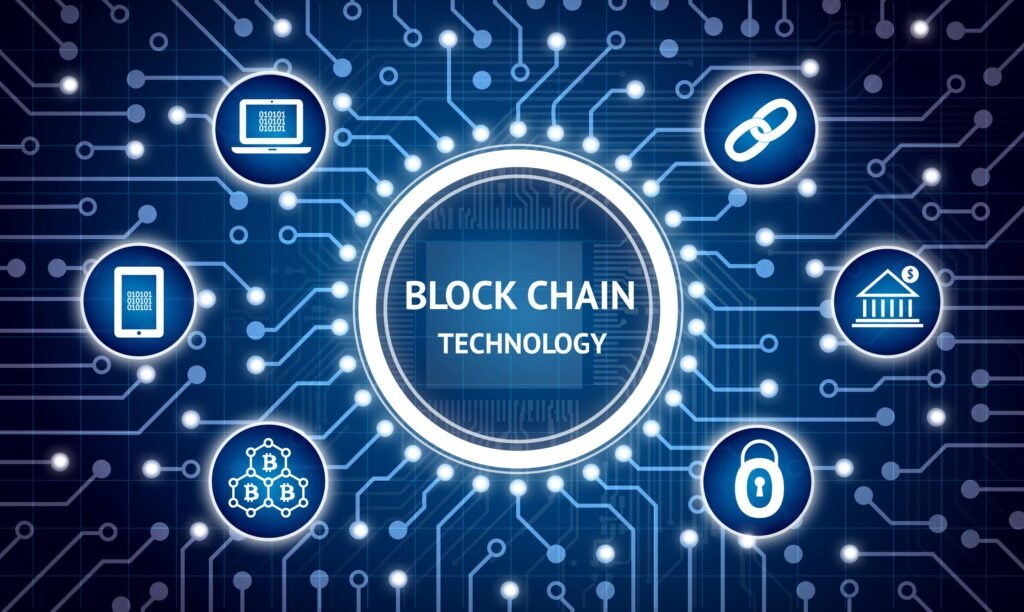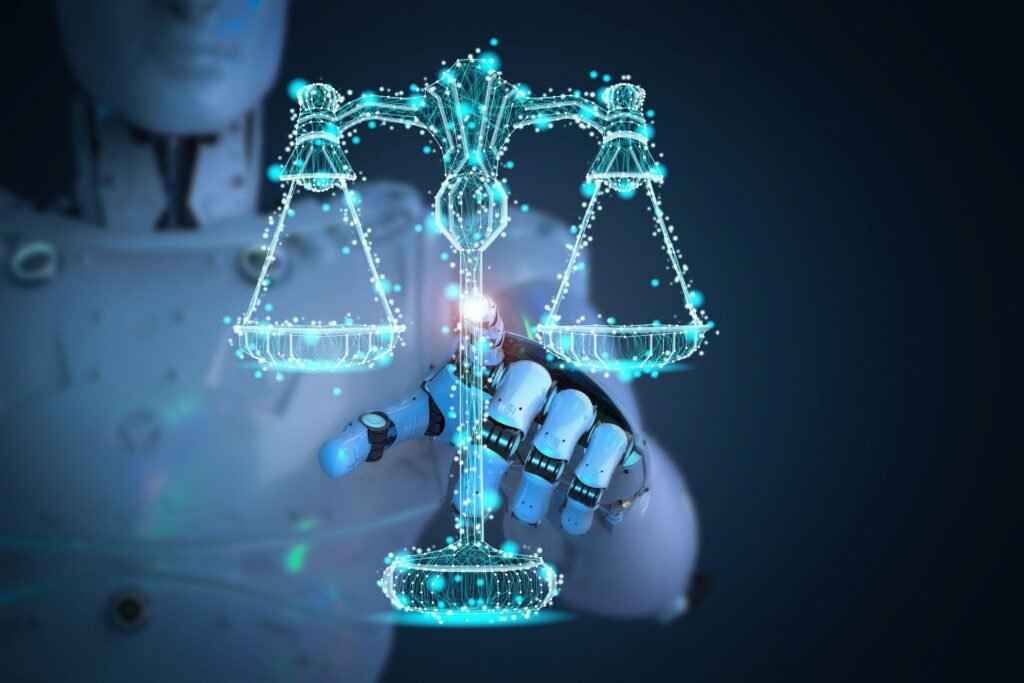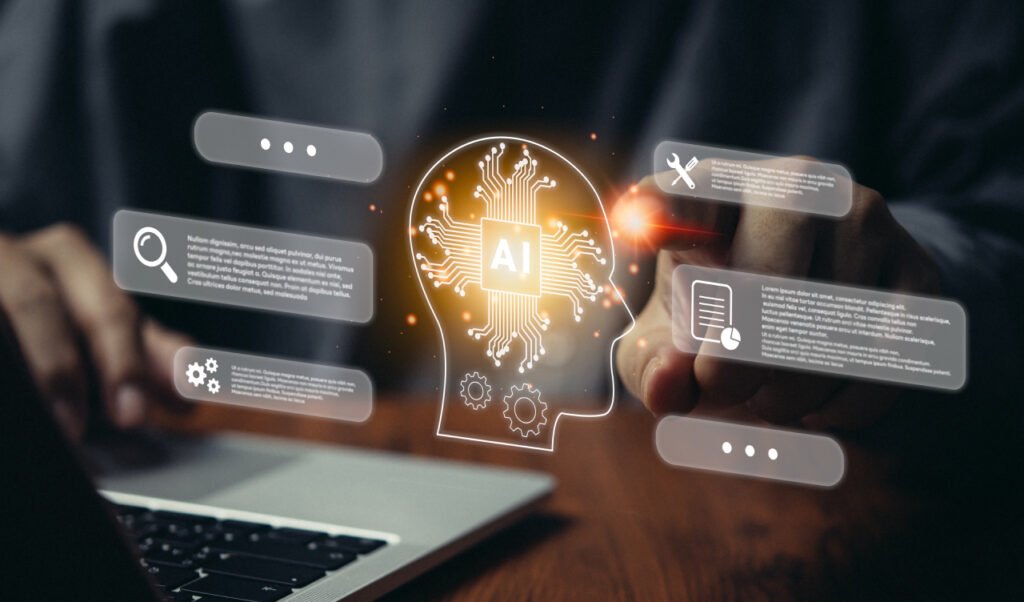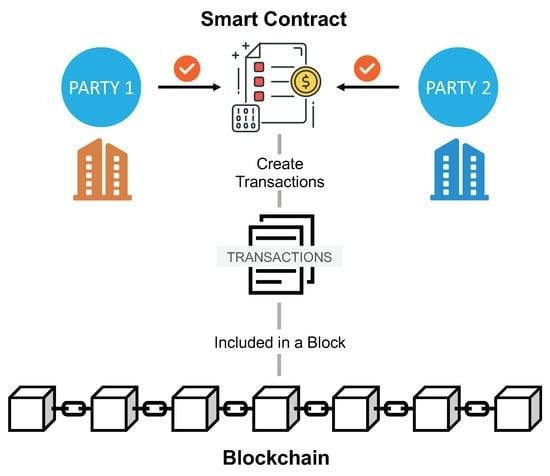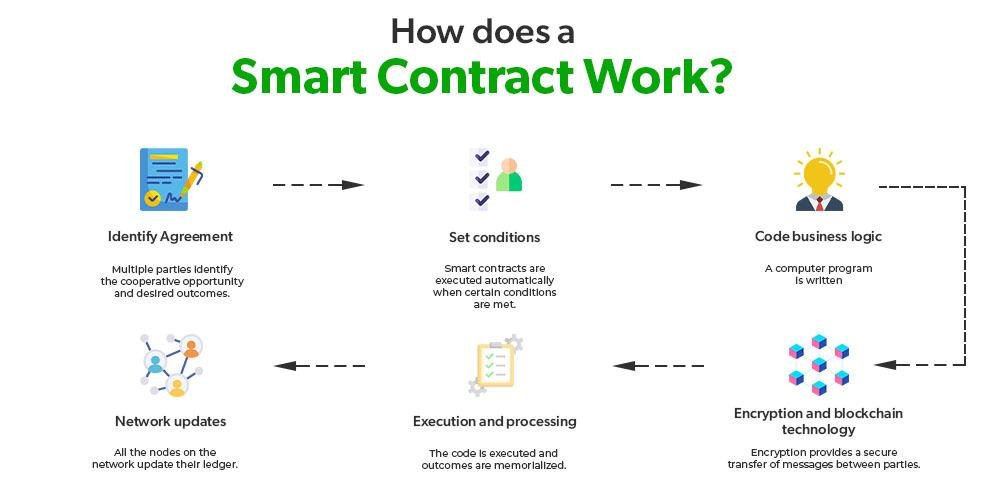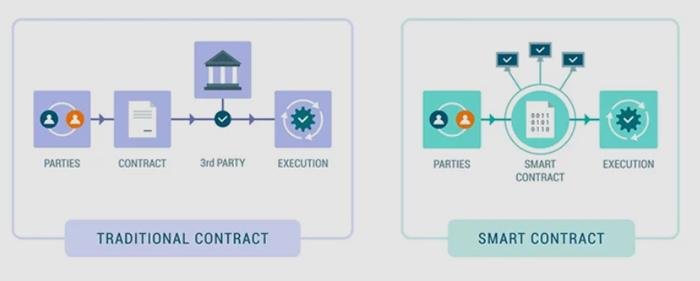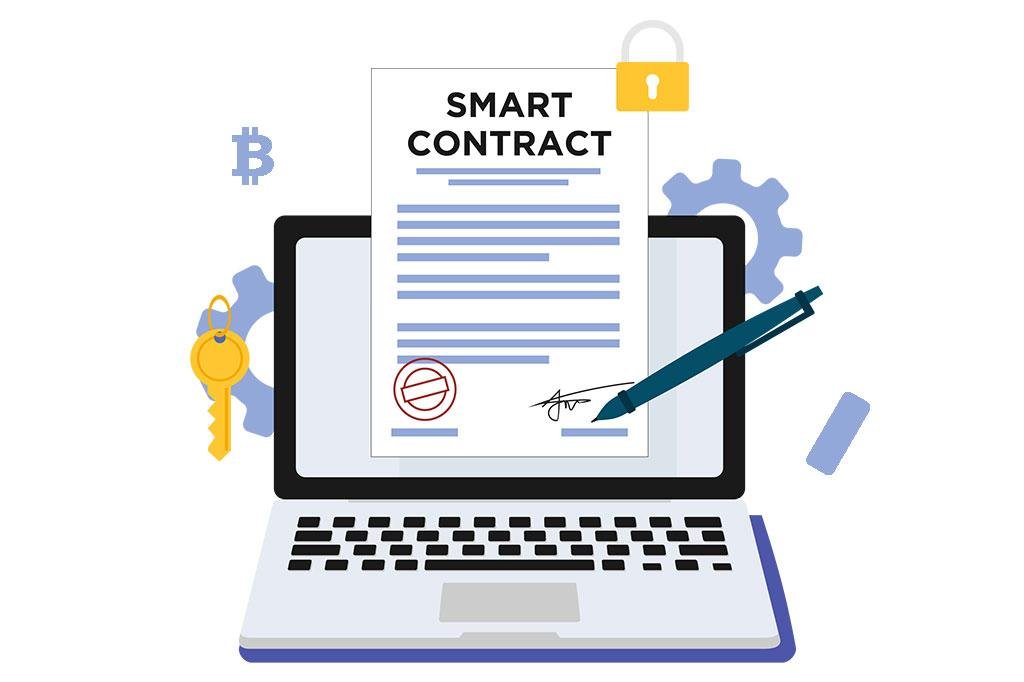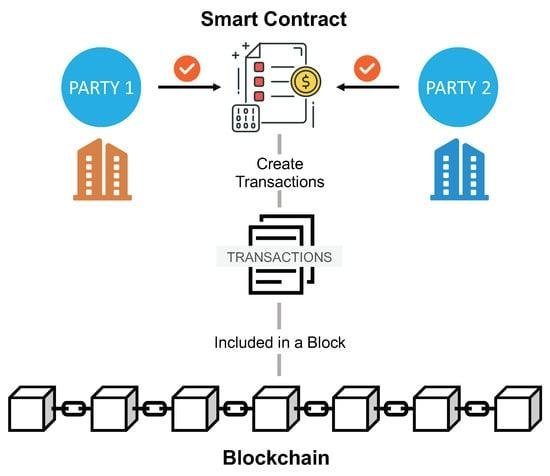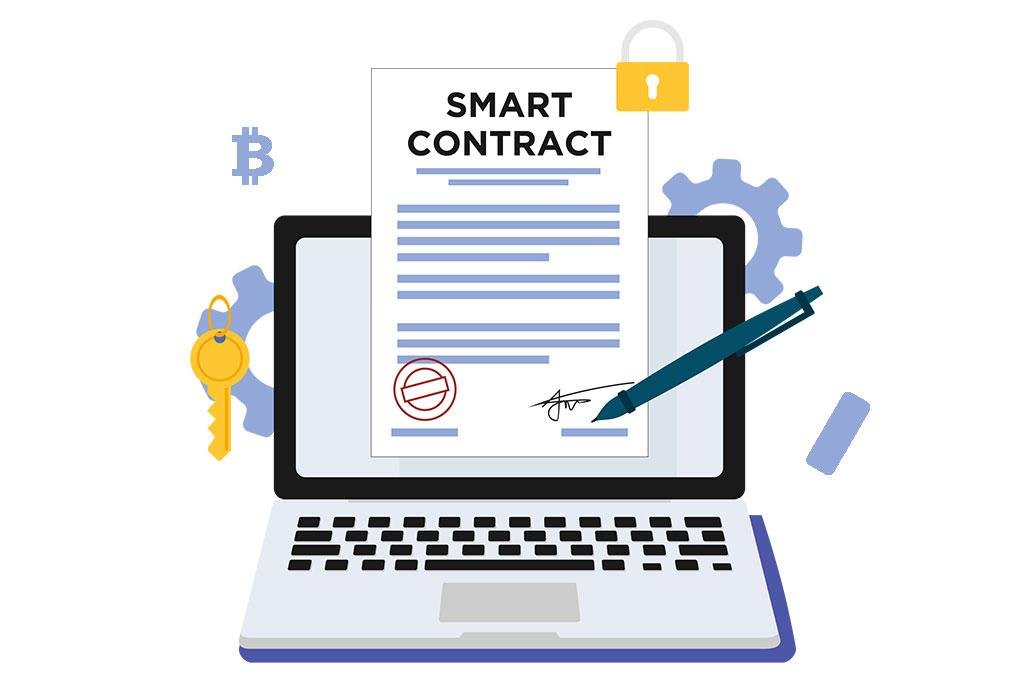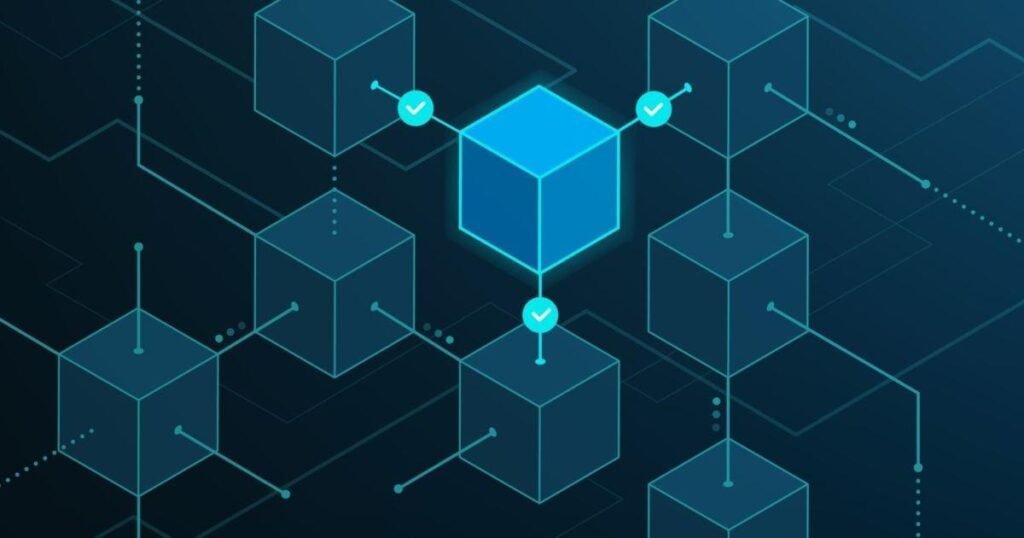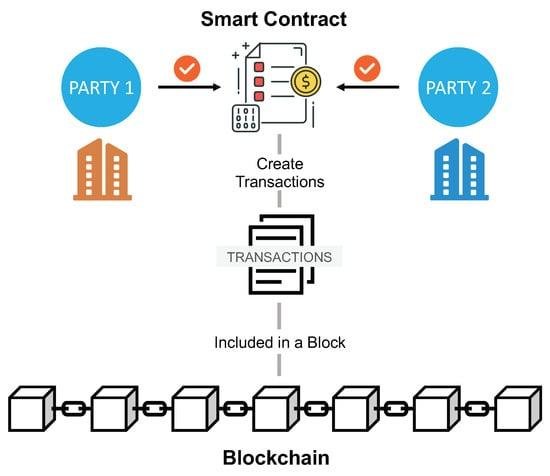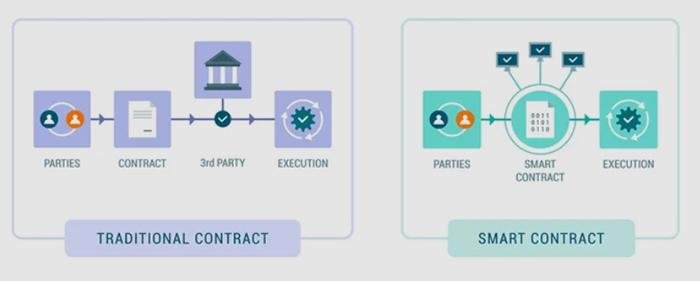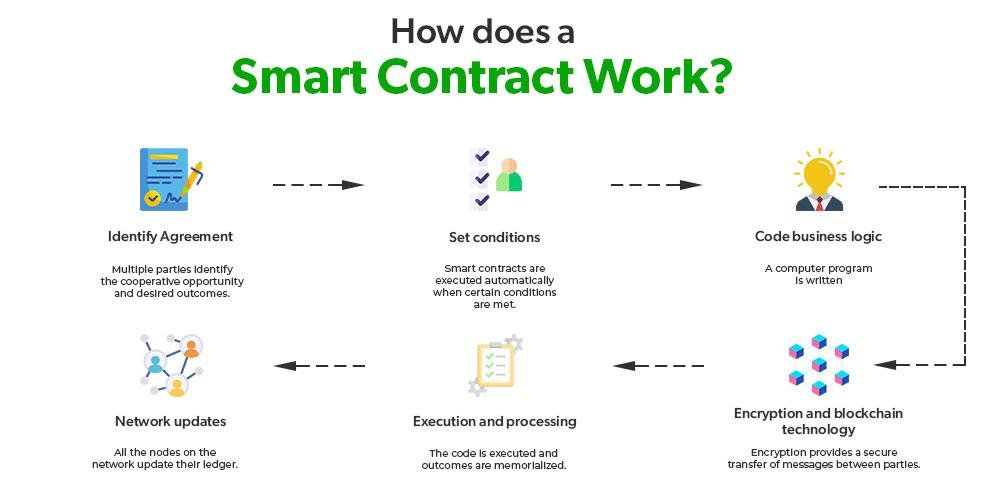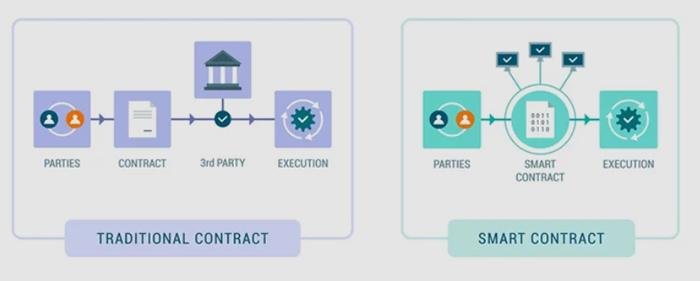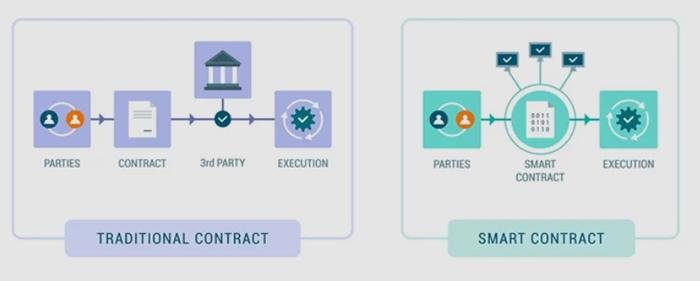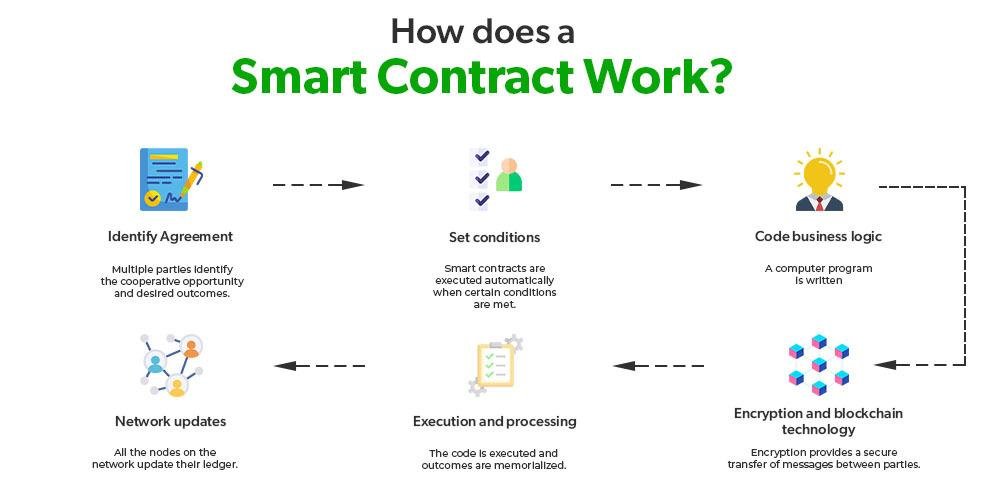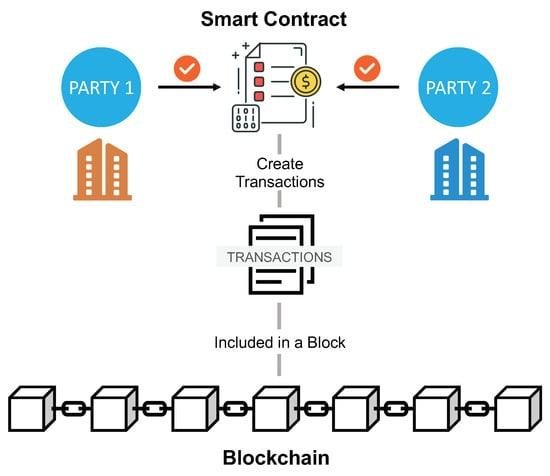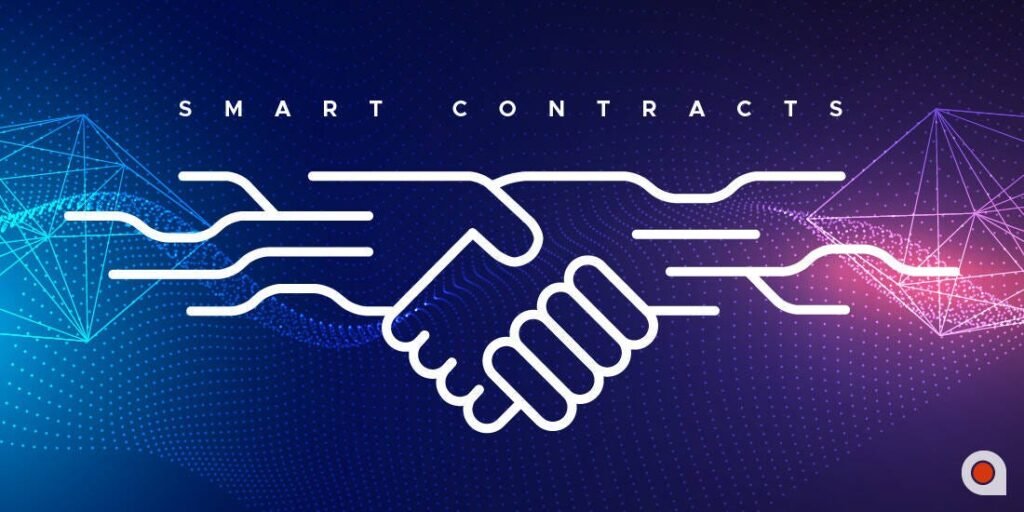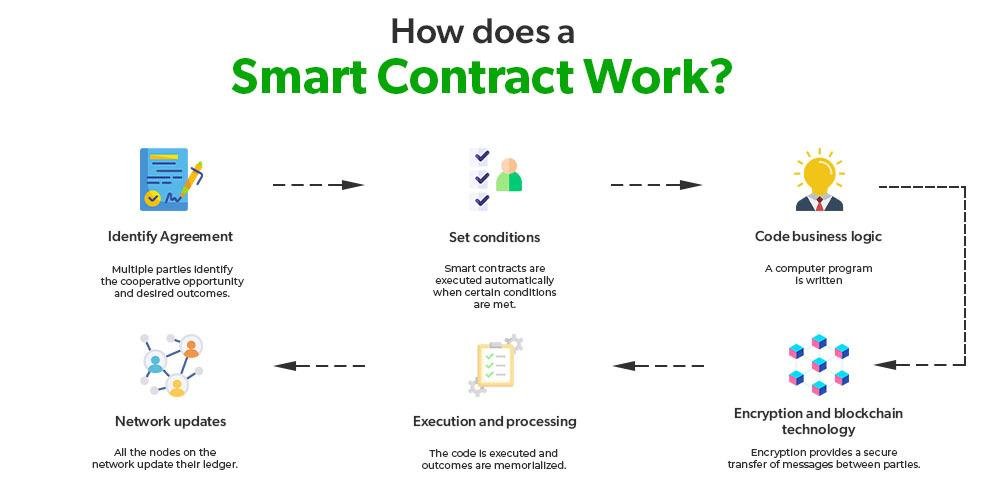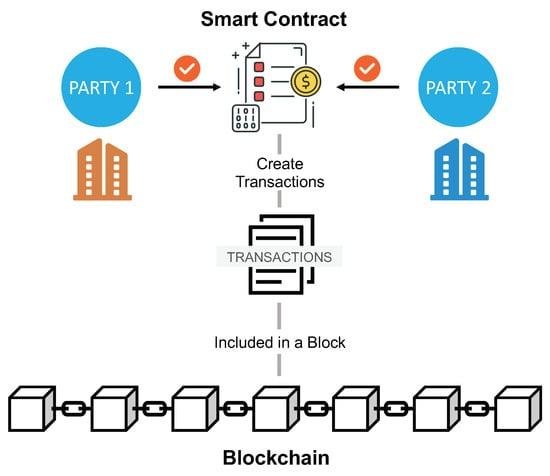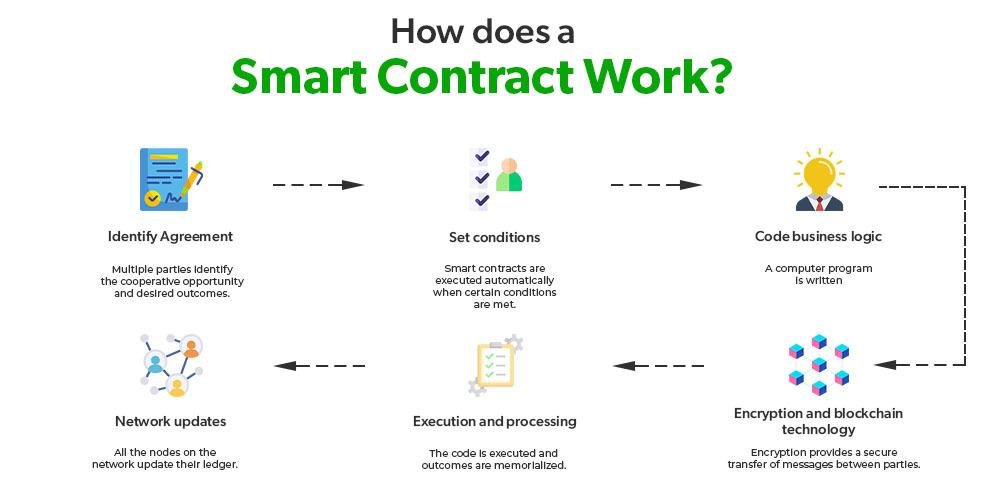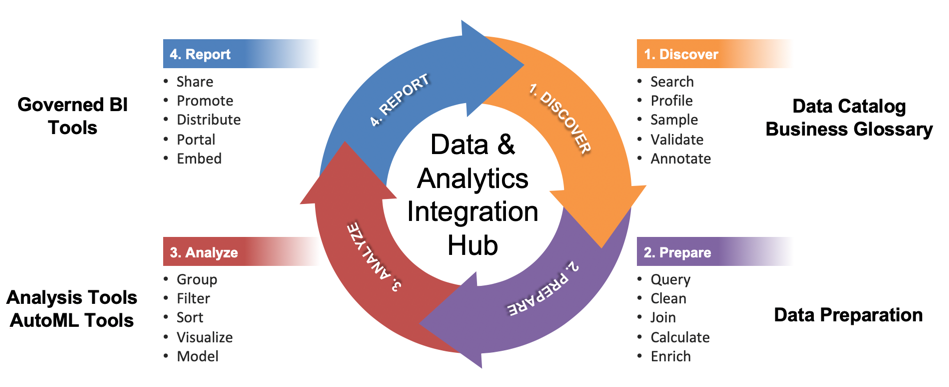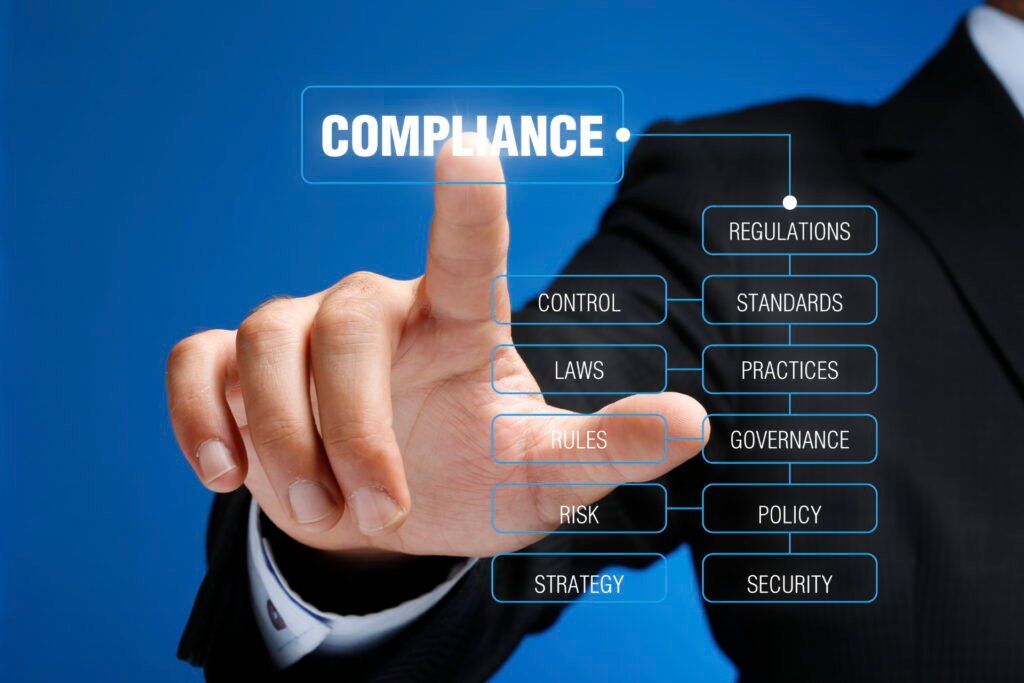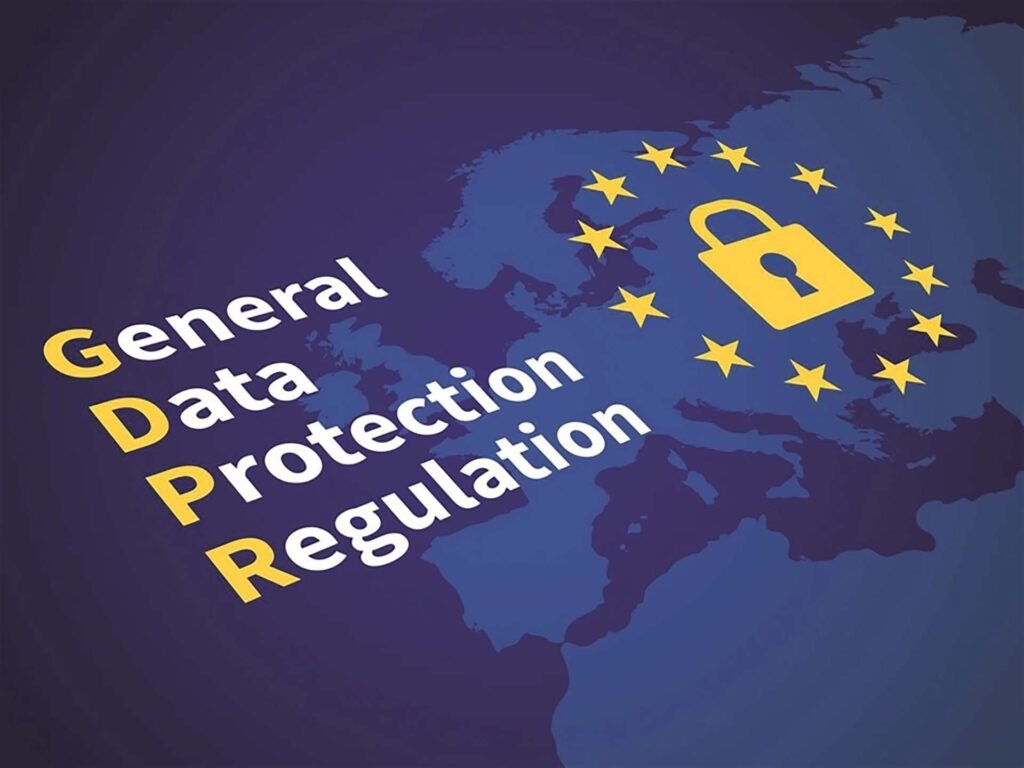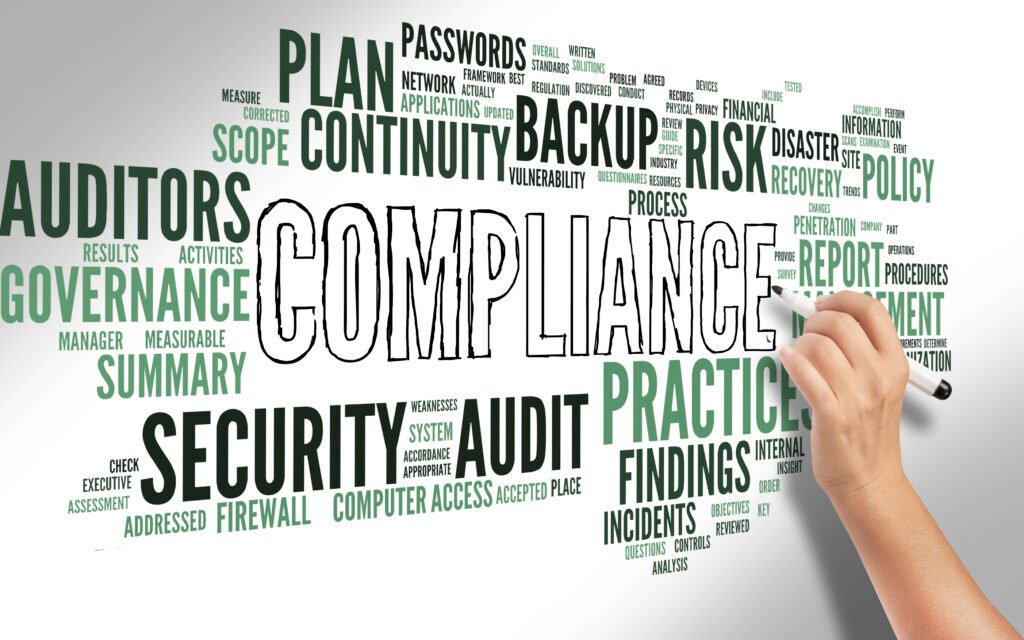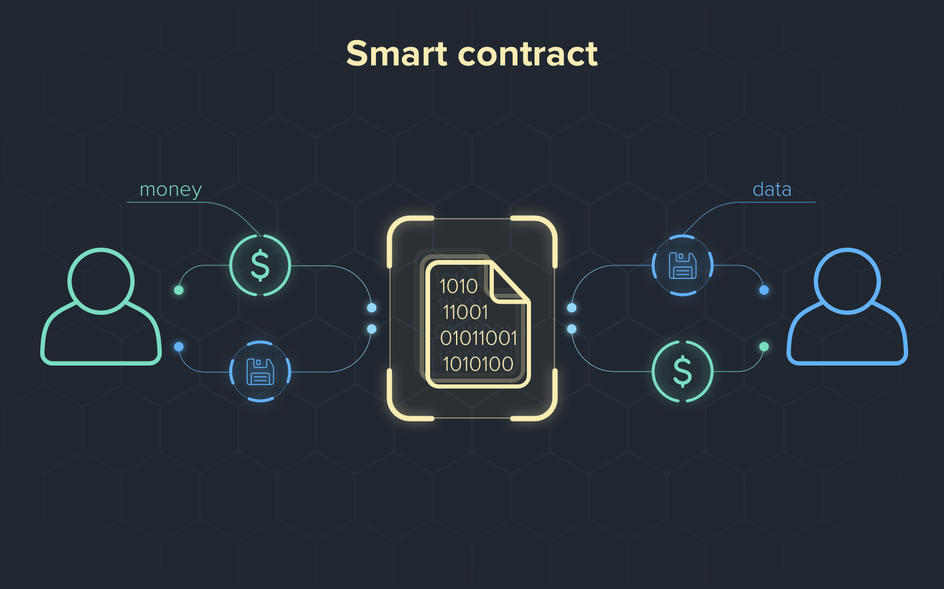E-Discovery: The Digital Goldmine in Litigation

E-Discovery: The Digital Goldmine in Litigation
In the era of digital transformation, the legal industry has witnessed a significant shift in the way evidence is collected and analyzed during litigation. E-discovery, the process of identifying, collecting, and producing electronically stored information (ESI) relevant to legal cases, has emerged as a crucial component of modern legal practice. This digital goldmine has revolutionized the discovery phase of litigation, offering legal professionals a powerful tool to uncover valuable insights, streamline case strategies, and ensure a more efficient and thorough examination of electronic evidence. This article delves into the intricacies of e-discovery, its impact on the legal landscape, and the pivotal role it plays in shaping the outcomes of contemporary litigation scenarios.
The Evolution of E-Discovery
E-discovery has evolved in response to the exponential growth of digital data and the increasing reliance on electronic communication and documentation. What was once a manual and time-consuming process of sifting through physical documents has transformed into a sophisticated digital approach that involves the use of specialized software and technology-driven methodologies to efficiently manage and analyze electronic evidence.
Key Components of E-Discovery
E-discovery encompasses several key components that contribute to its comprehensive approach to digital evidence management:
- Identification and preservation of electronically stored information
- Collection of relevant data from various digital sources
- Processing and analysis of electronic evidence through specialized software
- Review and production of digital documents for legal proceedings
These components collectively form the backbone of a robust e-discovery process, enabling legal professionals to navigate complex data landscapes and extract critical information vital to their cases.
The Role of Technology in E-Discovery
Technology plays a pivotal role in facilitating the efficiency and accuracy of e-discovery processes. Advanced e-discovery software and platforms, such as Relativity and Logikcull, utilize artificial intelligence, machine learning, and data analytics to expedite the identification, processing, and review of electronic evidence. These tools not only streamline the e-discovery workflow but also enhance the depth and quality of insights derived from digital data, empowering legal teams to make informed decisions and build compelling case strategies.
Benefits of E-Discovery in Litigation
The integration of e-discovery in litigation offers a multitude of benefits that significantly impact legal practice:
- Efficient identification and retrieval of electronic evidence
- Cost-effective management of digital data during litigation
- Enhanced accuracy and thoroughness in data analysis
- Improved collaboration and information sharing among legal teams
- Streamlined compliance with legal requirements and regulations
These benefits underscore the indispensable role of e-discovery in modern litigation, highlighting its instrumental contribution to the efficient and effective resolution of legal disputes.
Challenges and Considerations in E-Discovery
Despite its numerous advantages, e-discovery is not without its challenges. Some key considerations include:
- Ensuring data security and privacy compliance
- Managing the complexities of large-scale data sets
- Navigating the intricacies of cross-border data regulations
- Addressing potential biases in data collection and analysis
Overcoming these challenges demands a comprehensive approach that prioritizes data integrity, privacy protection, and meticulous attention to the nuances of digital evidence management.
The Future of E-Discovery
The future of e-discovery is poised for further advancements, with continuous developments in AI-driven technologies, predictive analytics, and data visualization. Anticipated trends include:
- Enhanced automation and machine learning capabilities in e-discovery software
- Integration of blockchain for secure and transparent data management
- Expanded use of predictive coding for more accurate data analysis
- Incorporation of virtual reality for immersive data visualization and case presentation
These developments signify the evolving landscape of e-discovery, paving the way for more sophisticated, efficient, and insightful approaches to managing digital evidence in litigation scenarios.
Conclusion
E-discovery stands as a testament to the transformative power of technology in the legal domain, revolutionizing the way electronic evidence is managed, analyzed, and utilized in litigation. By harnessing the capabilities of advanced software and technology-driven methodologies, legal professionals can unlock the full potential of digital data, unravel critical insights, and build compelling case narratives that uphold the integrity and efficacy of the legal system.
FAQs (Frequently Asked Questions)
1. What is e-discovery in the context of litigation?
E-discovery refers to the process of identifying, collecting, and producing electronically stored information relevant to legal cases, enabling legal professionals to manage and analyze digital evidence in litigation scenarios.
2. How does technology contribute to the efficiency of e-discovery processes?
Technology facilitates the efficiency of e-discovery processes by automating data collection, analysis, and review through specialized software that leverages artificial intelligence and data analytics.
3. What are the key benefits of integrating e-discovery in litigation?
Key benefits include efficient data retrieval, cost-effective data management, enhanced data analysis accuracy, improved collaboration among legal teams, and streamlined compliance with legal requirements.
4. What challenges are associated with e-discovery in litigation?
Challenges include data security and privacy compliance, management of large-scale data sets, cross-border data regulations, and potential biases in data collection and analysis.
5. How is e-discovery expected to evolve in the future?
E-discovery is expected to evolve with advancements in AI-driven technologies, blockchain integration for secure data management, expanded use of predictive coding, and incorporation of virtual reality for immersive data visualization.
6. What are some of the key components of e-discovery processes?
Key components include the identification and preservation of electronically stored information, collection of relevant data from digital sources, processing and analysis of electronic evidence, and review and production of digital documents for legal proceedings.
7. How does e-discovery contribute to the accuracy of data analysis in litigation?
E-discovery contributes to the accuracy of data analysis by utilizing advanced software that enables thorough examination and comprehensive insights into electronic evidence, empowering legal teams to make informed decisions and build strong case strategies.
8. What considerations are essential for effective e-discovery management?
Effective e-discovery management demands meticulous attention to data integrity, privacy protection, and adherence to legal regulations, alongside a comprehensive understanding of the complexities of digital evidence and data analysis.
9. How does e-discovery promote collaboration among legal teams?
E-discovery promotes collaboration by providing a centralized platform for data management and information sharing, enabling legal teams to work cohesively and leverage collective insights for comprehensive case analysis and strategy development.
10. What are the implications of e-discovery for the efficiency of the legal system?
E-discovery enhances the efficiency of the legal system by expediting data retrieval, ensuring thorough analysis, and facilitating a more streamlined and organized approach to managing electronic evidence, thereby expediting the litigation process and promoting just and equitable legal outcomes.











































































































































































































































